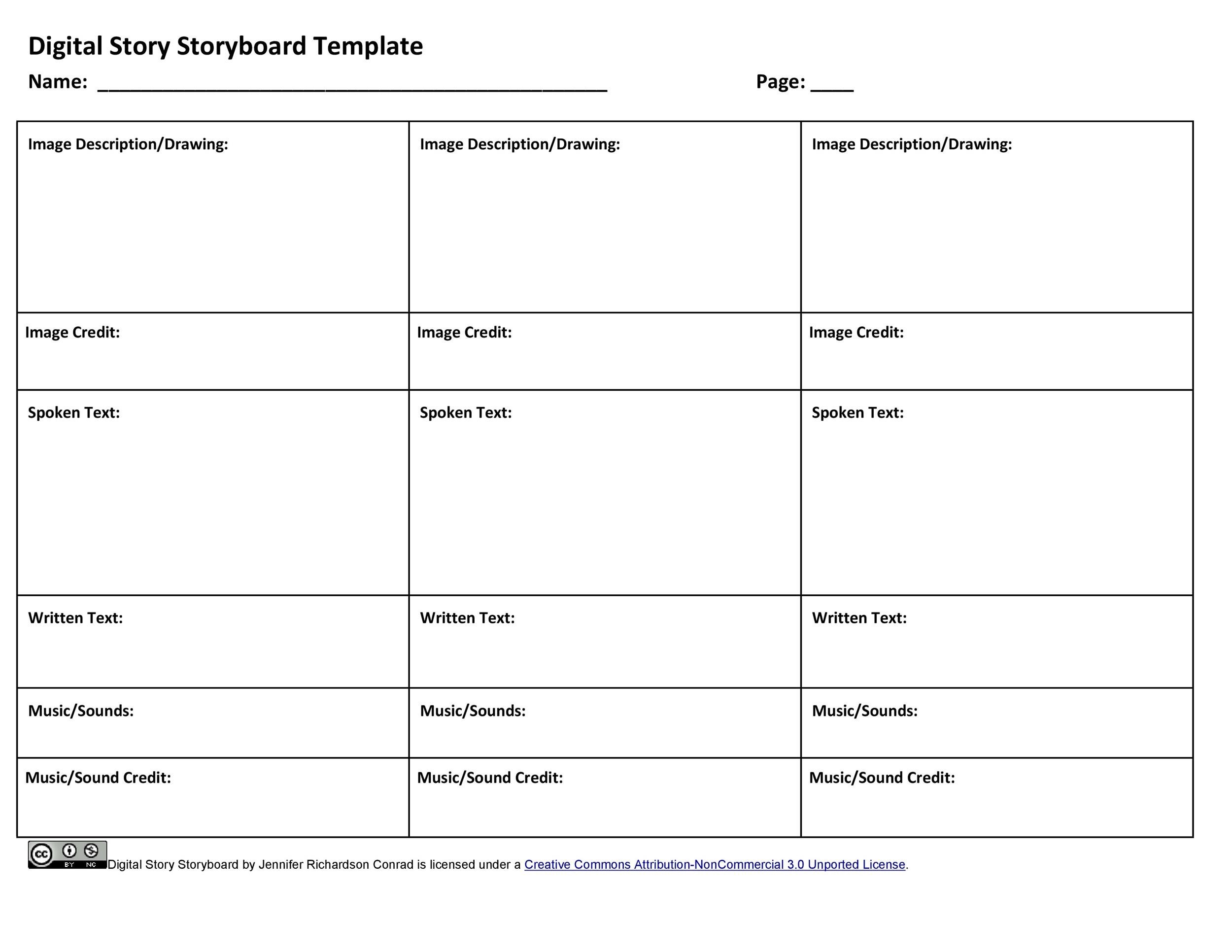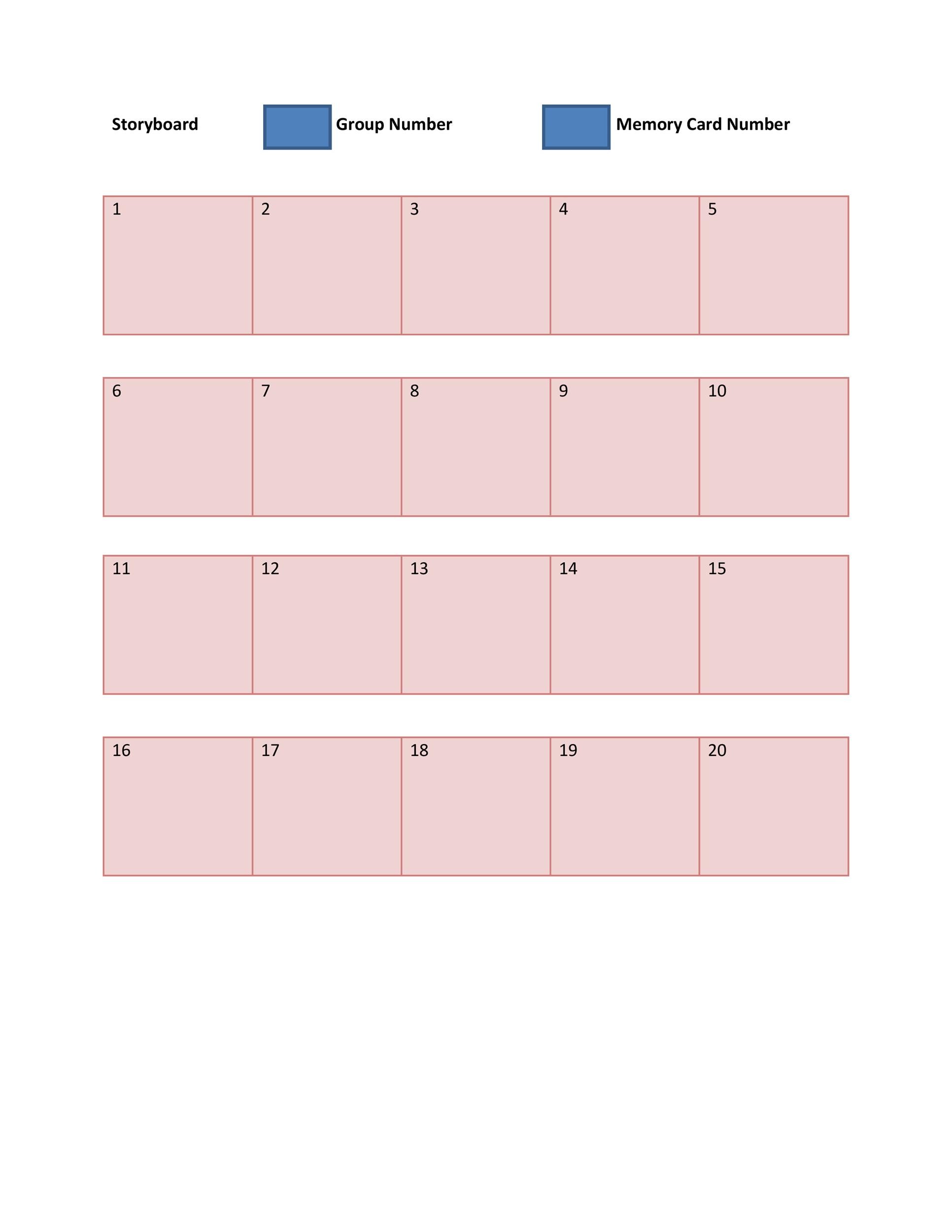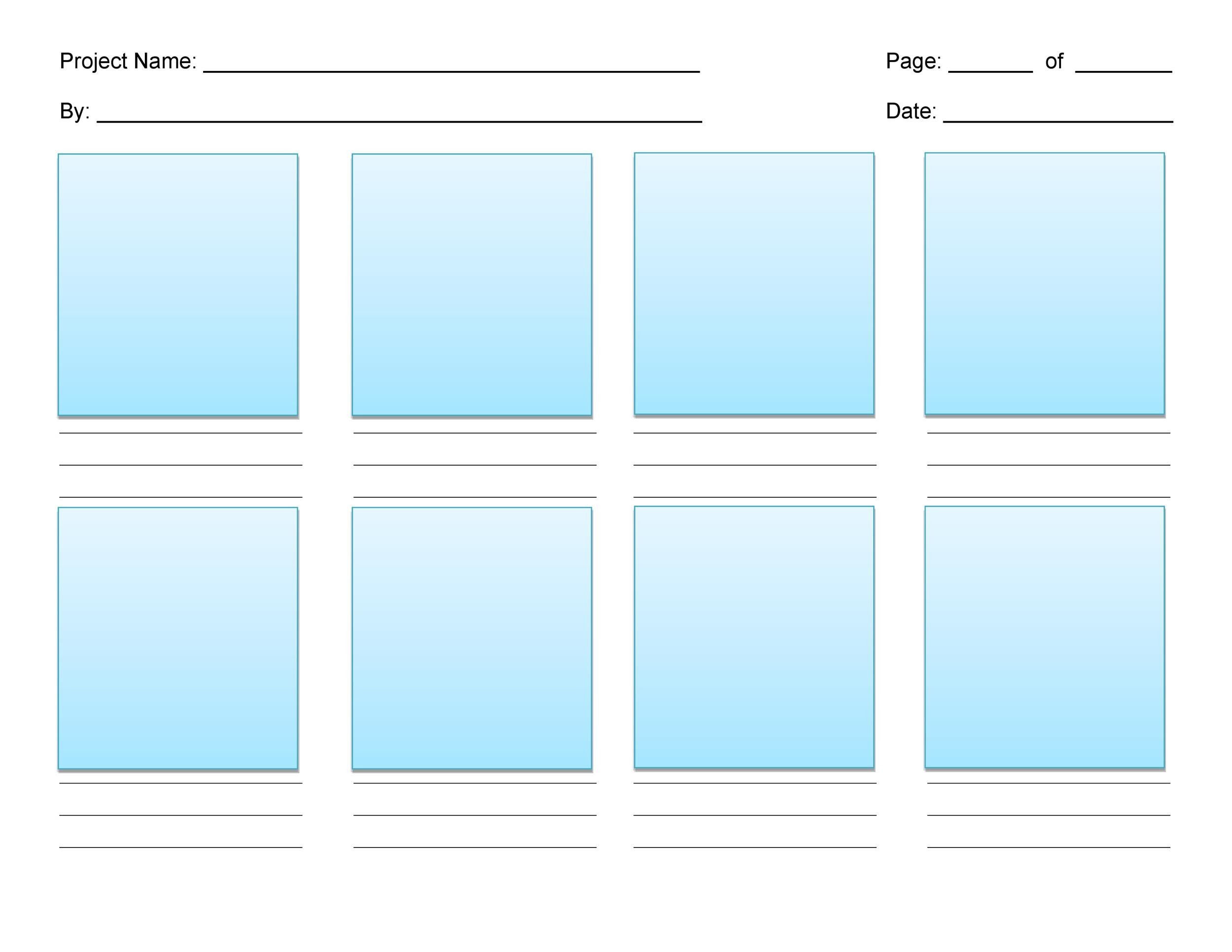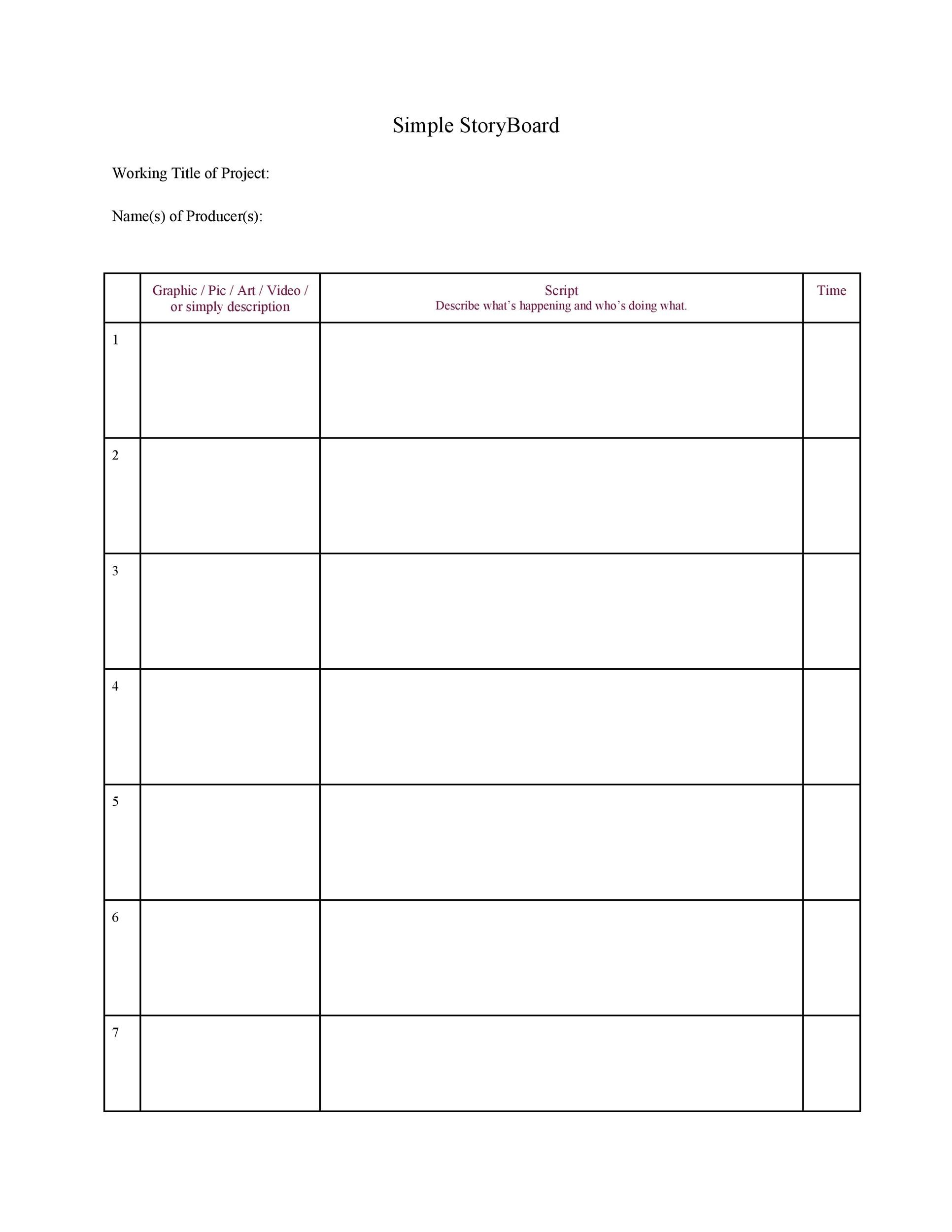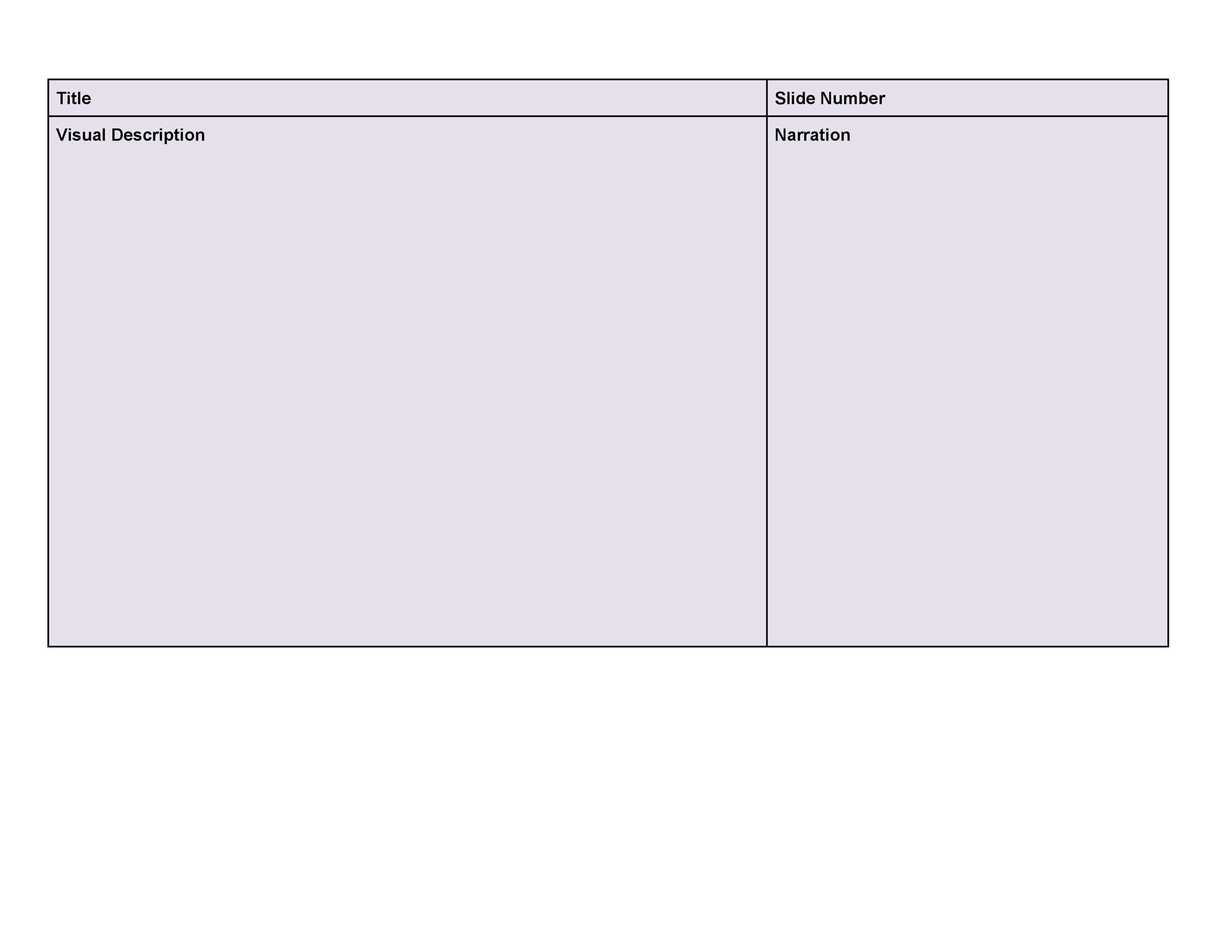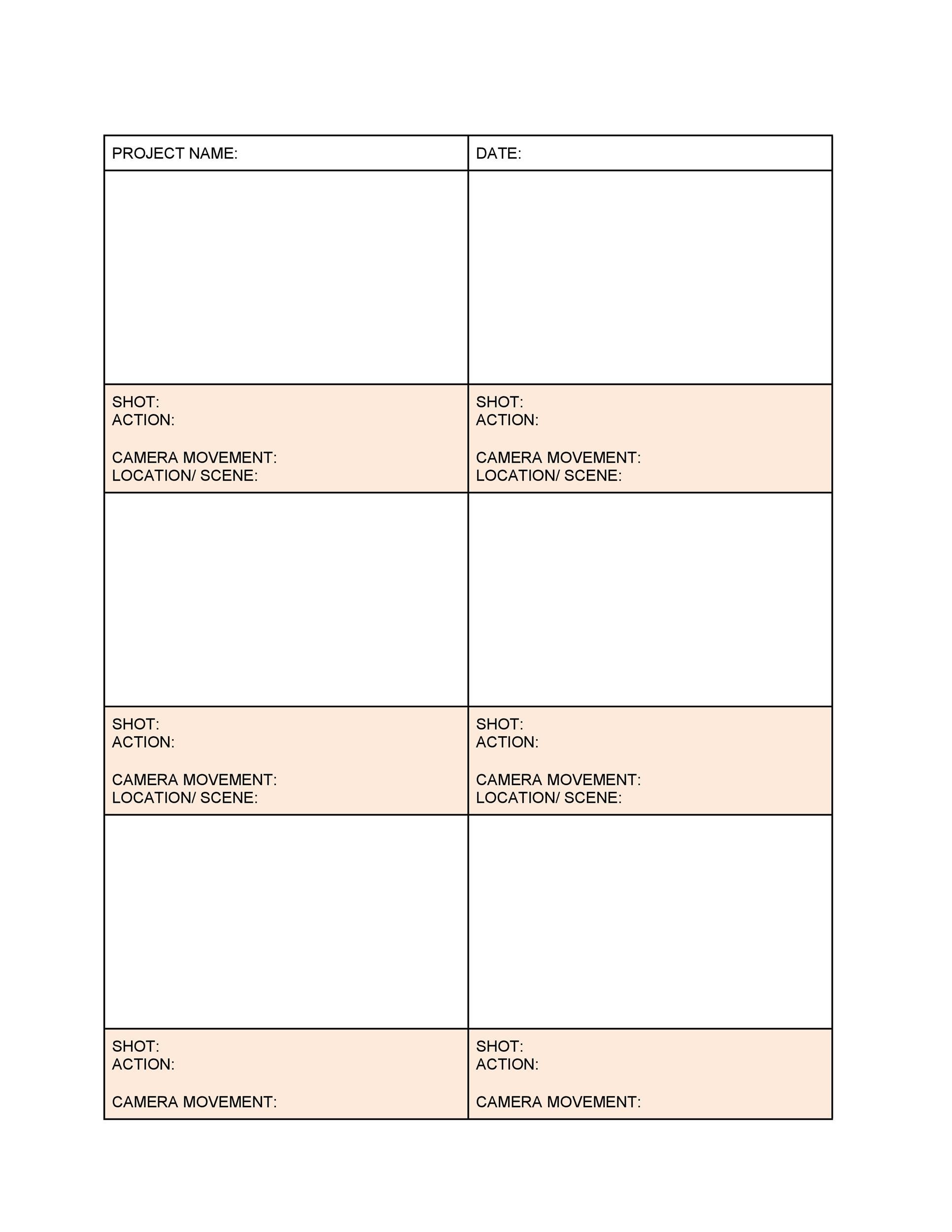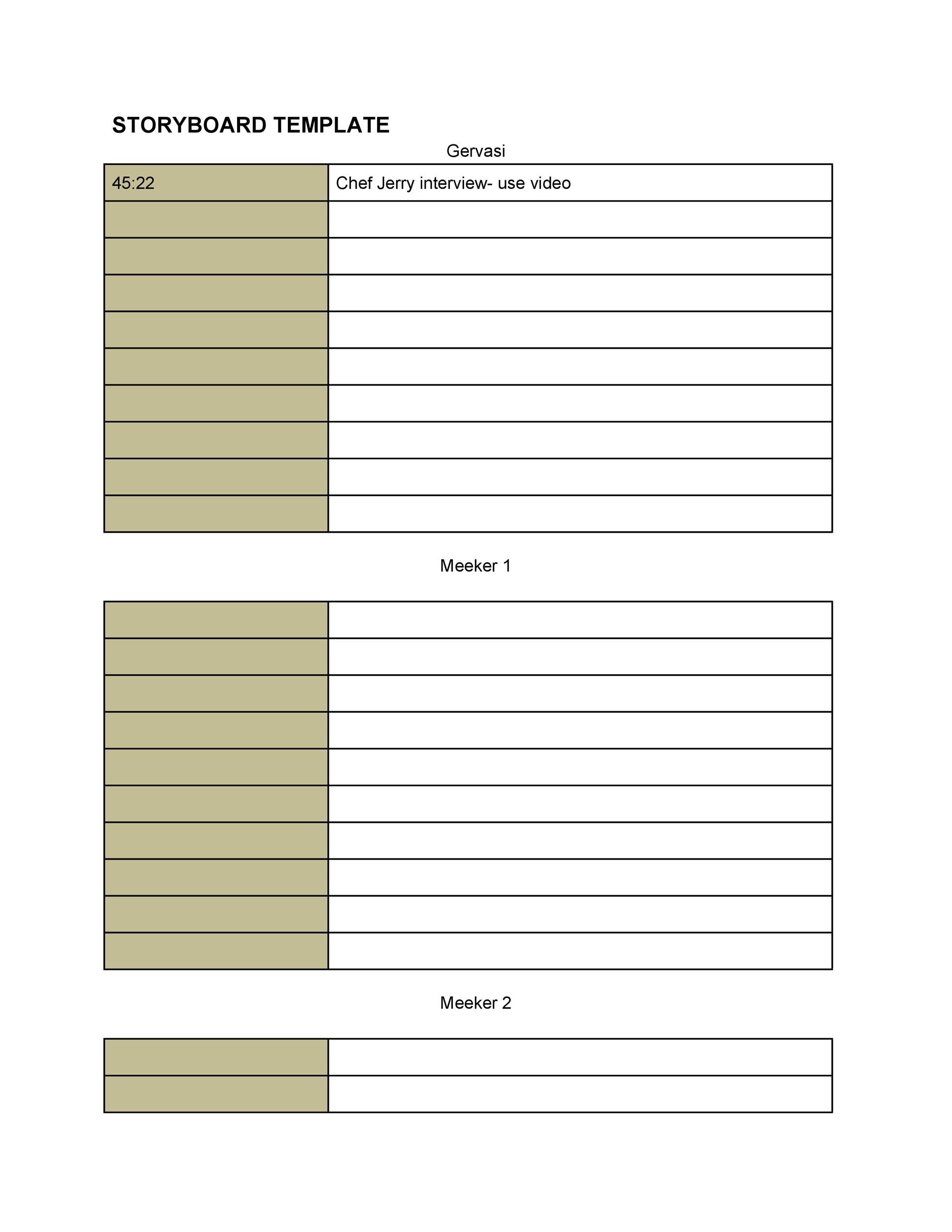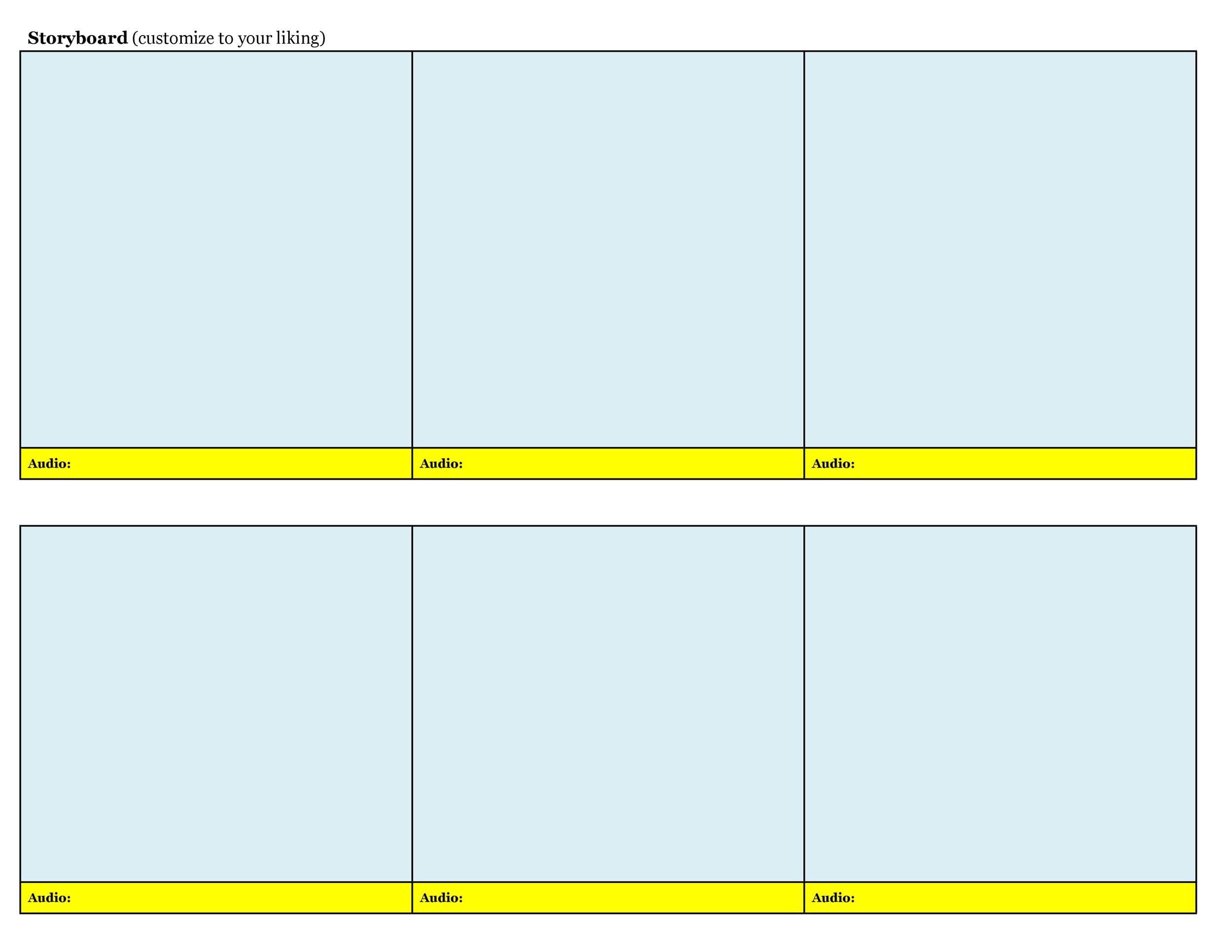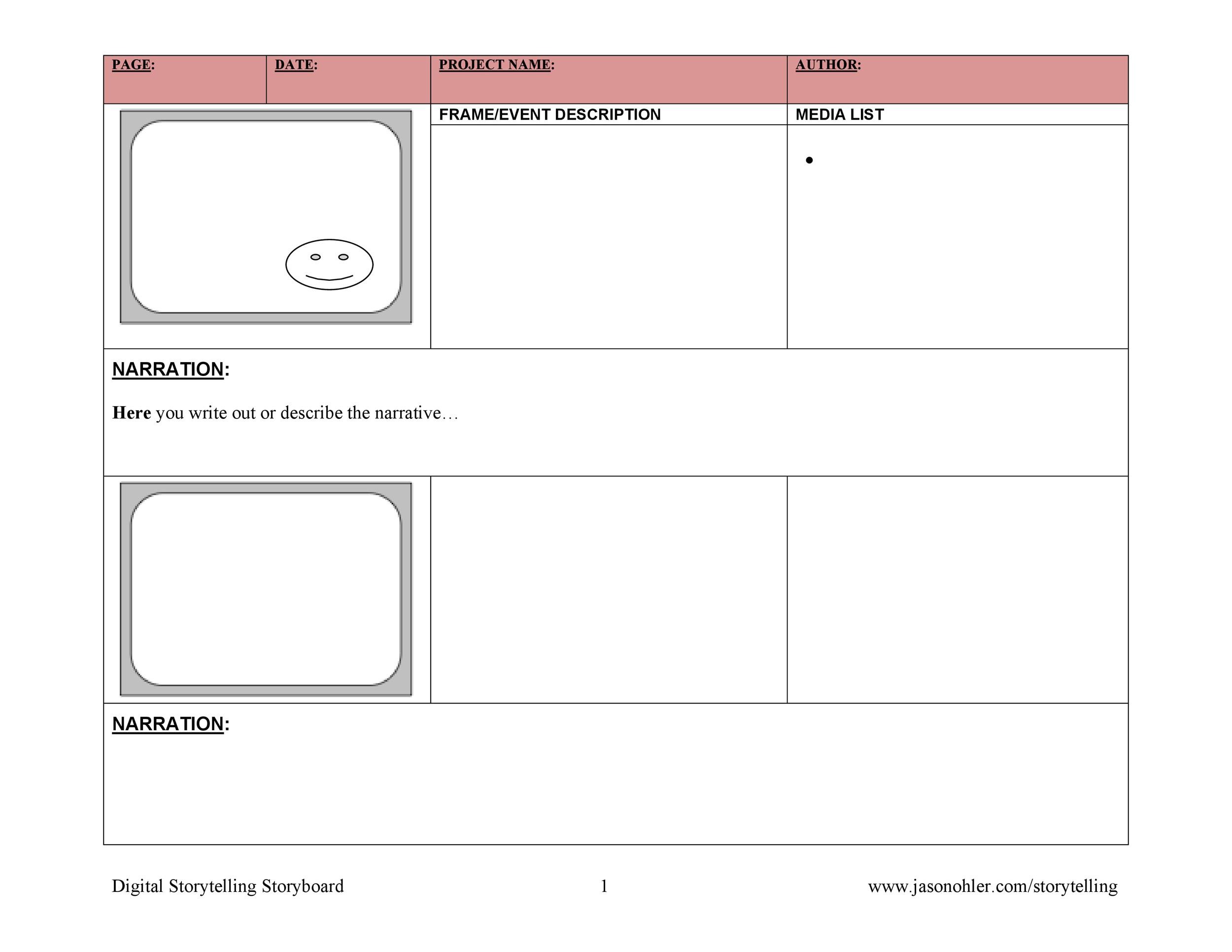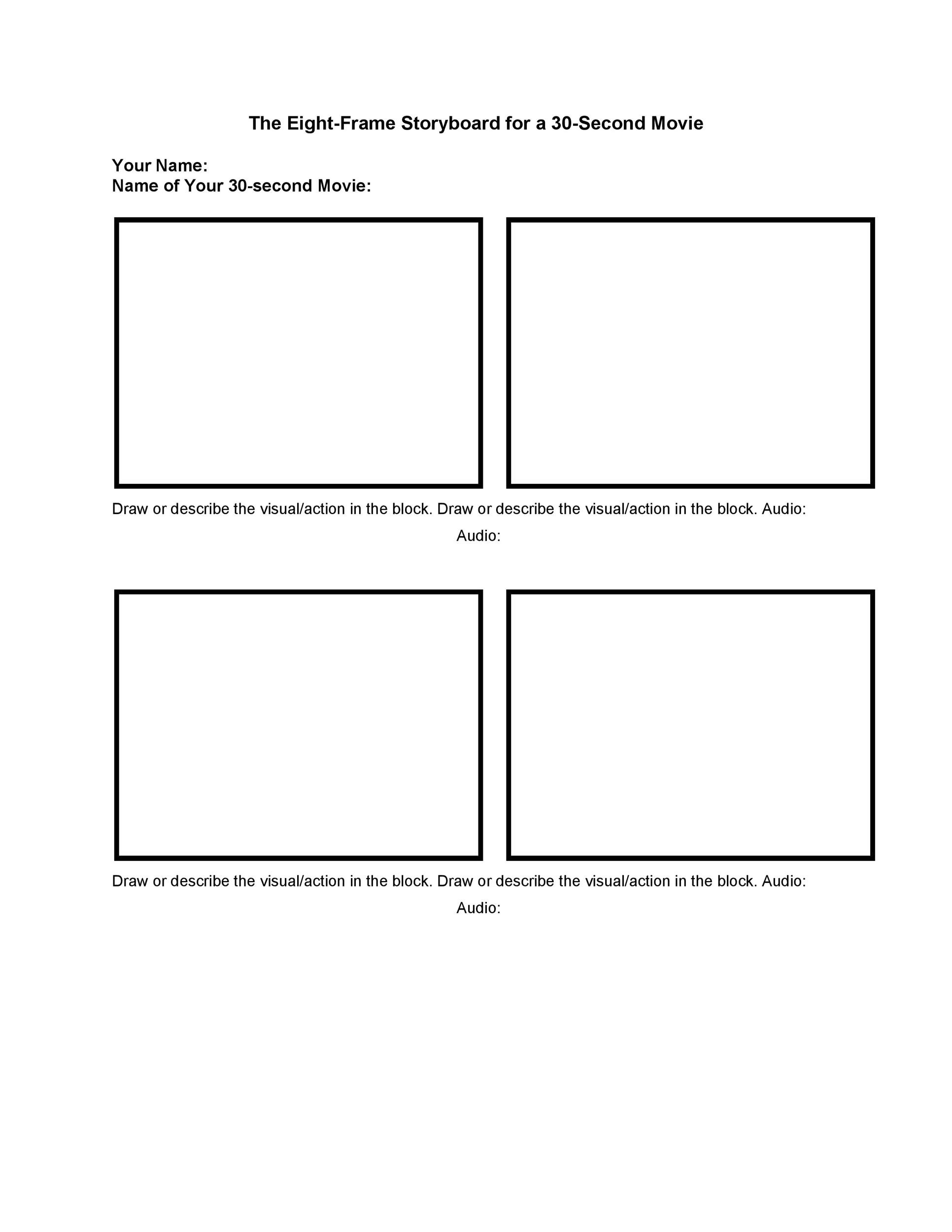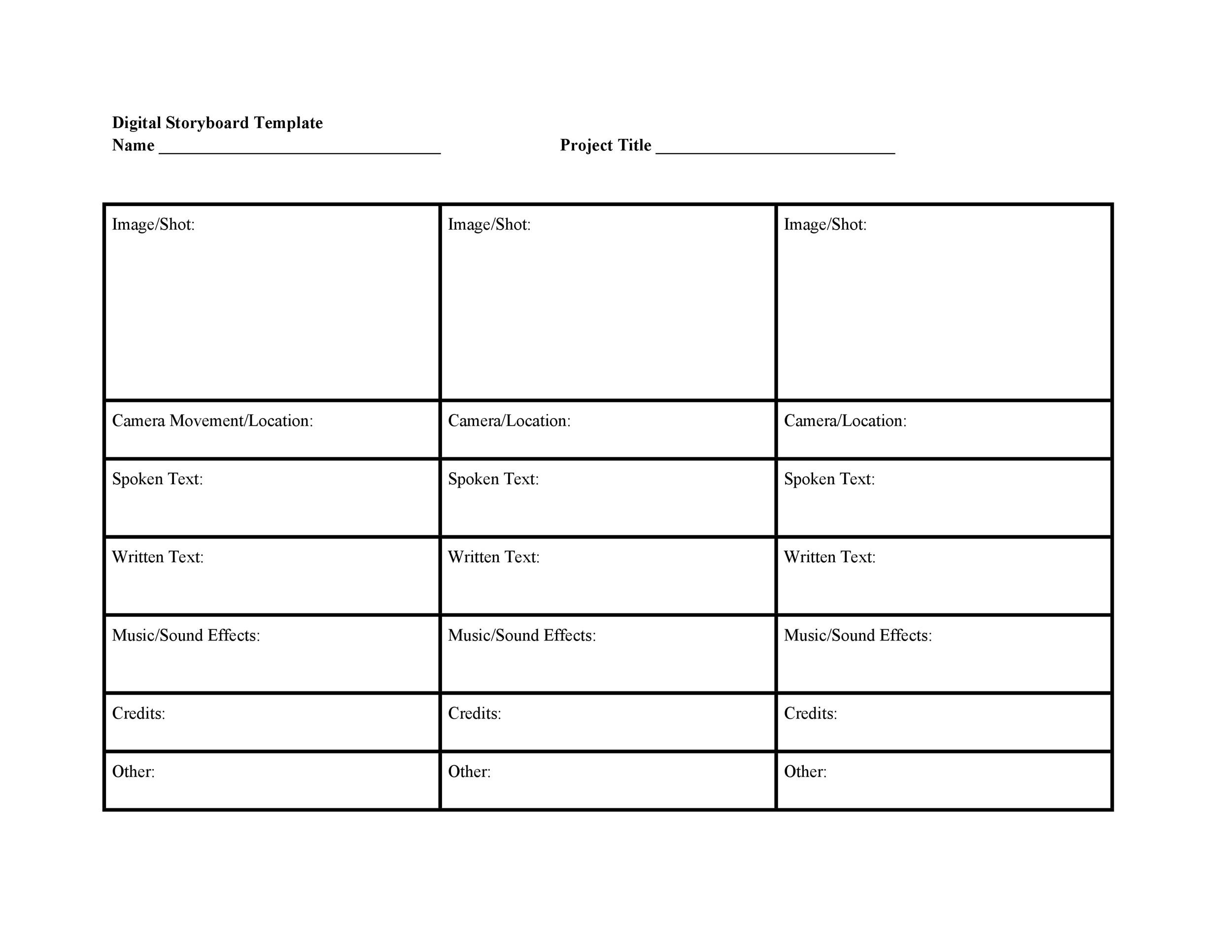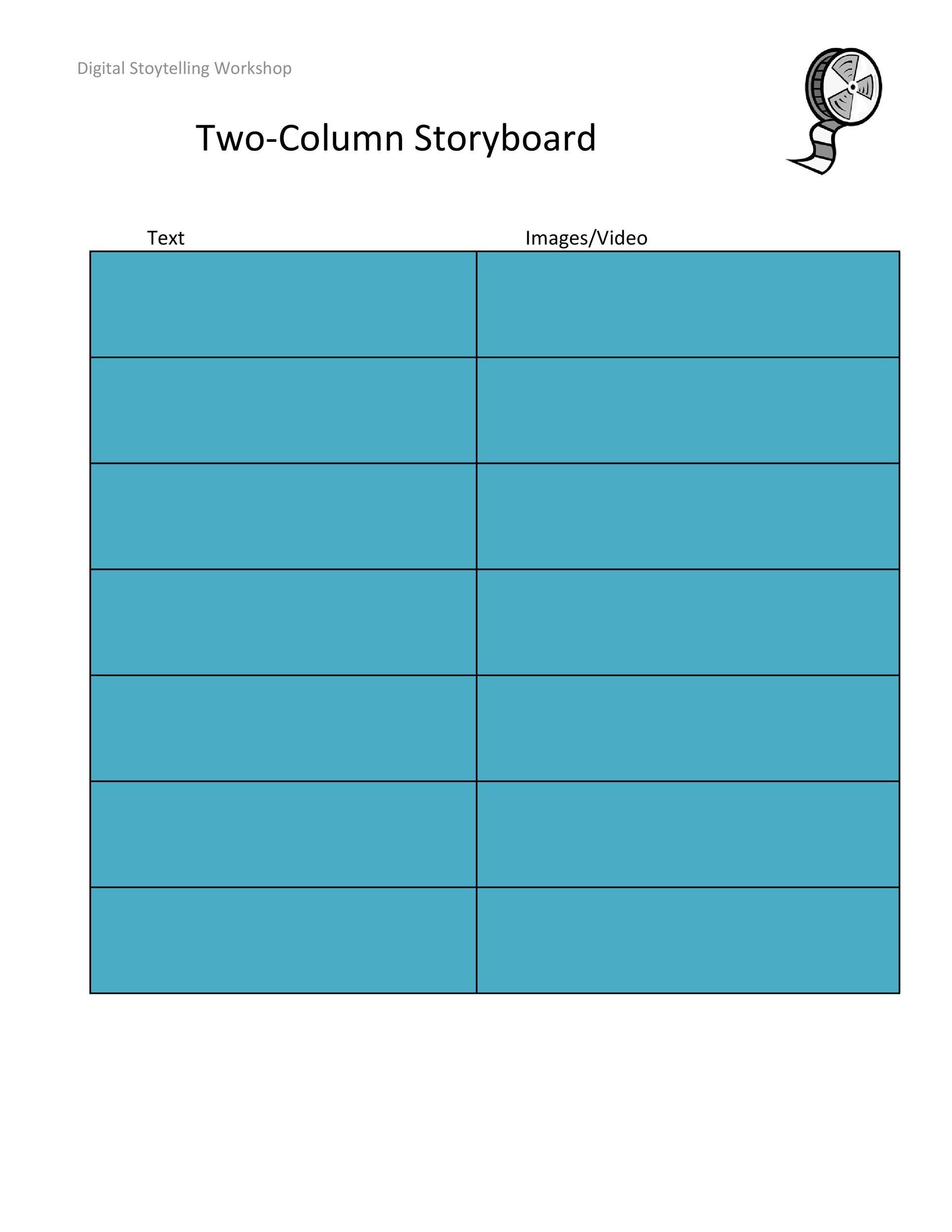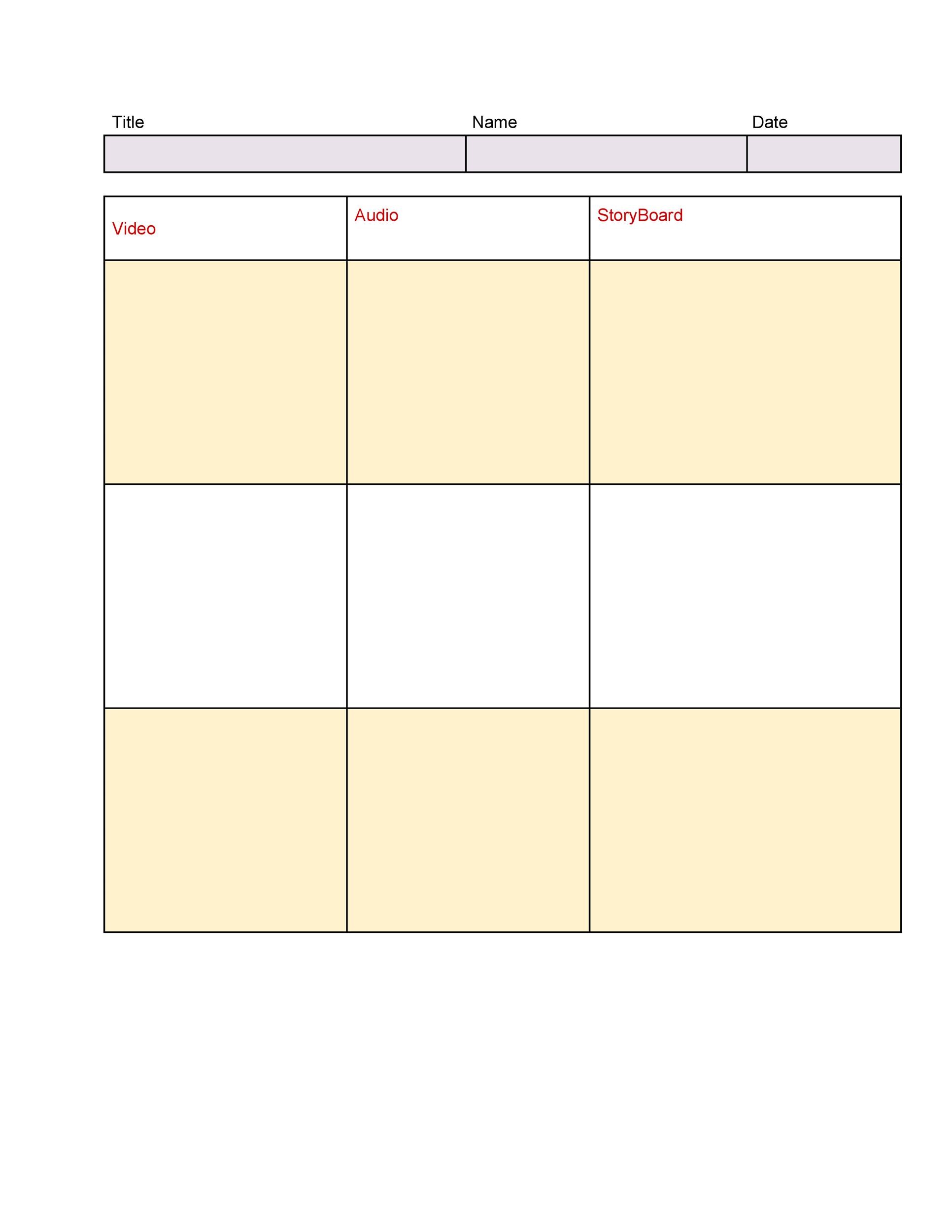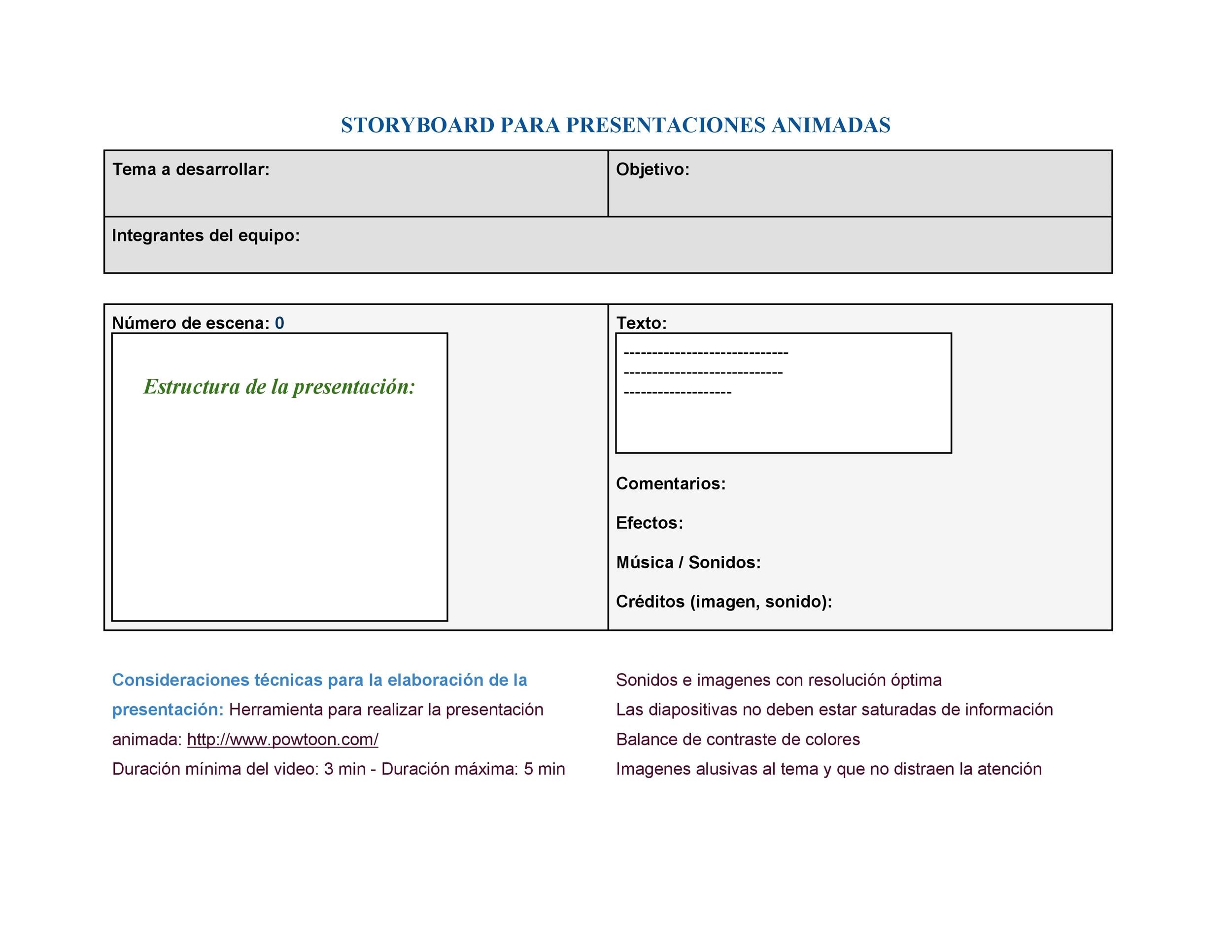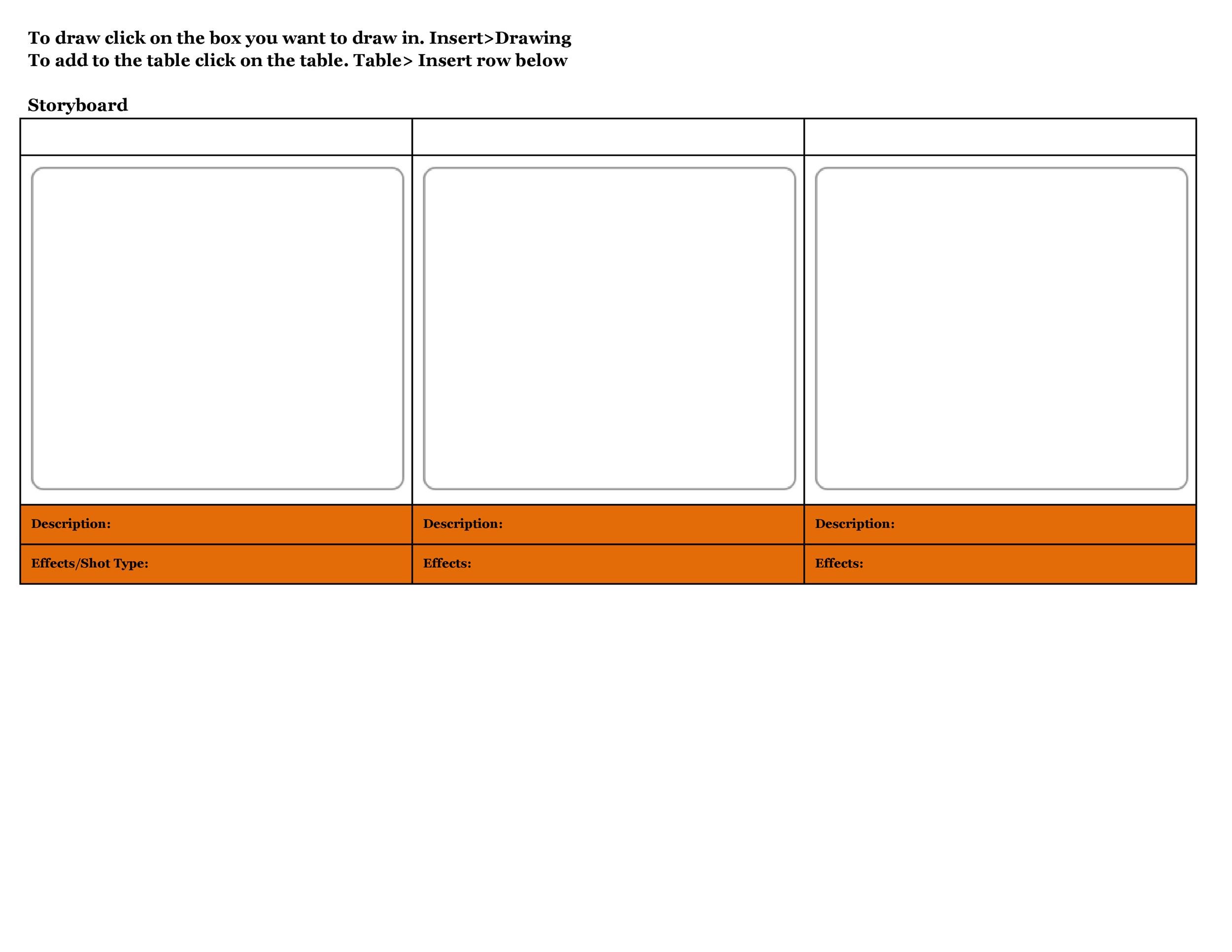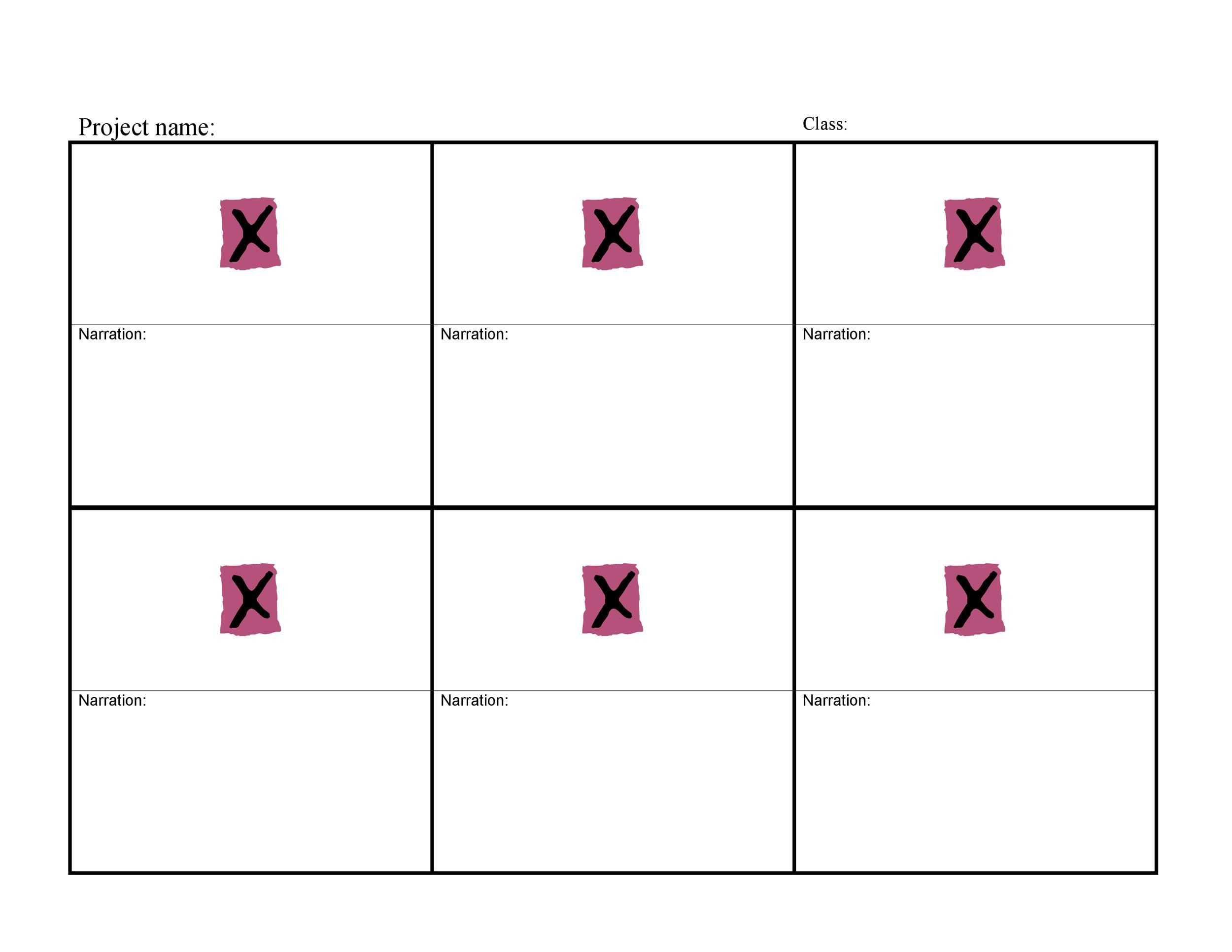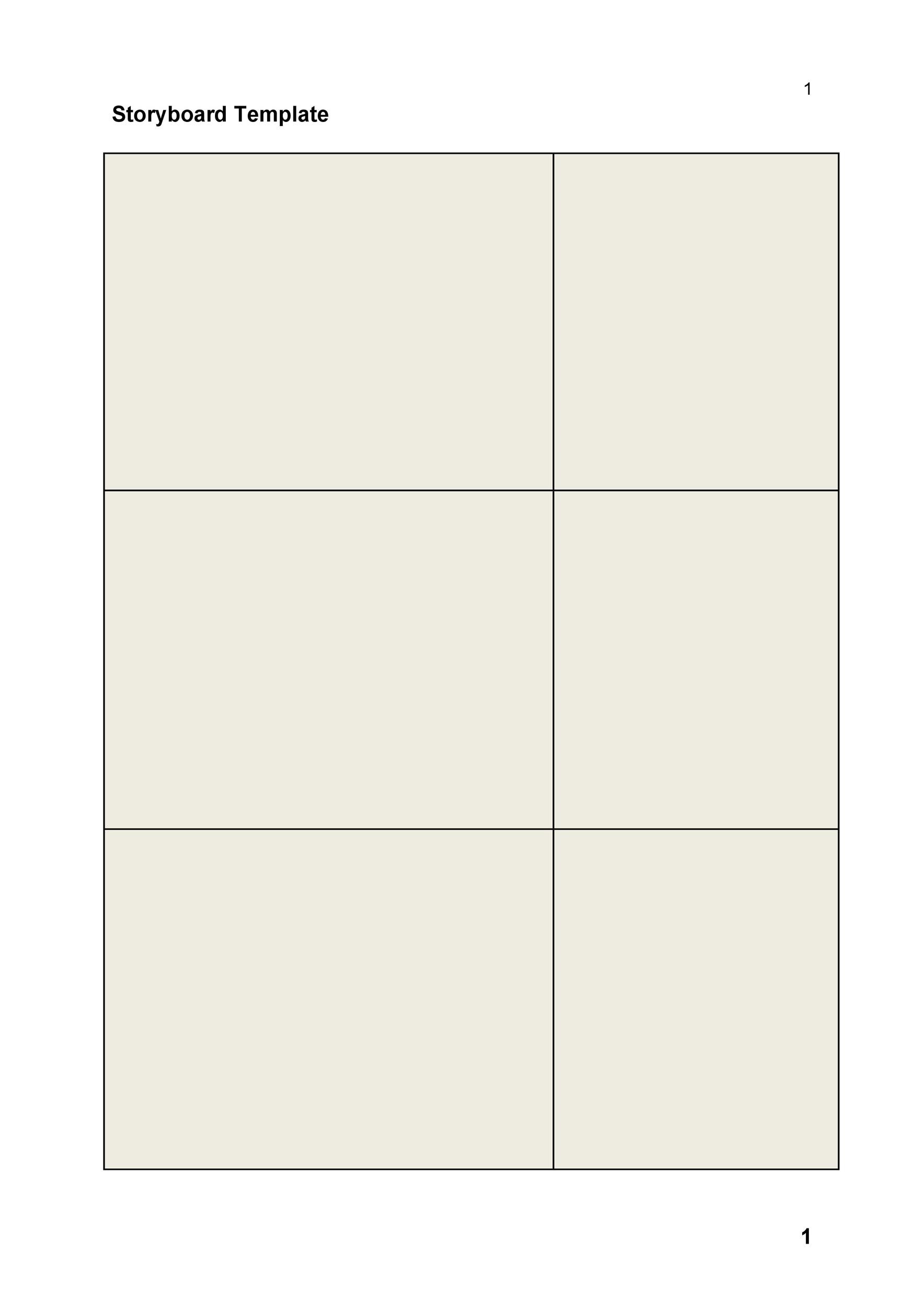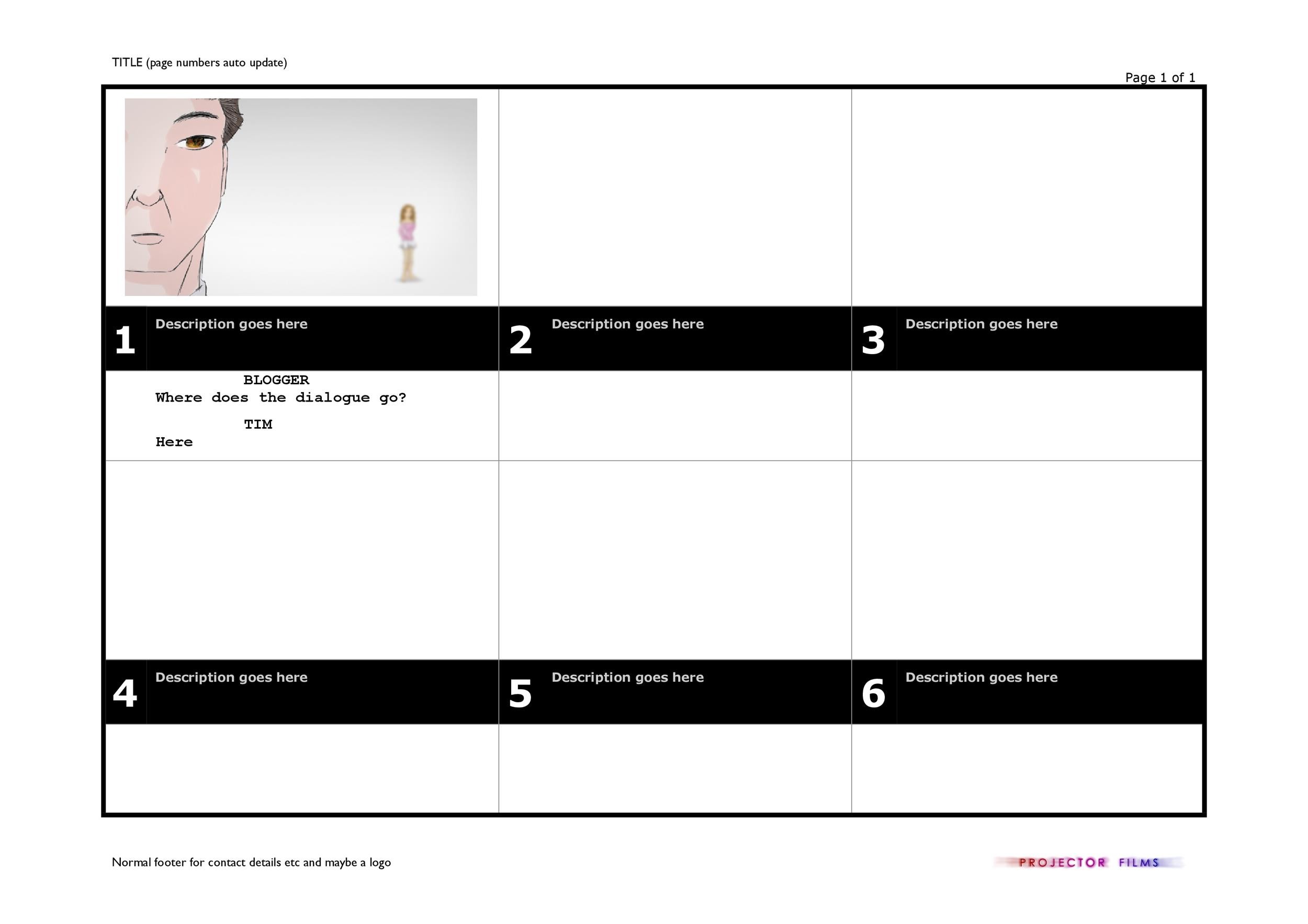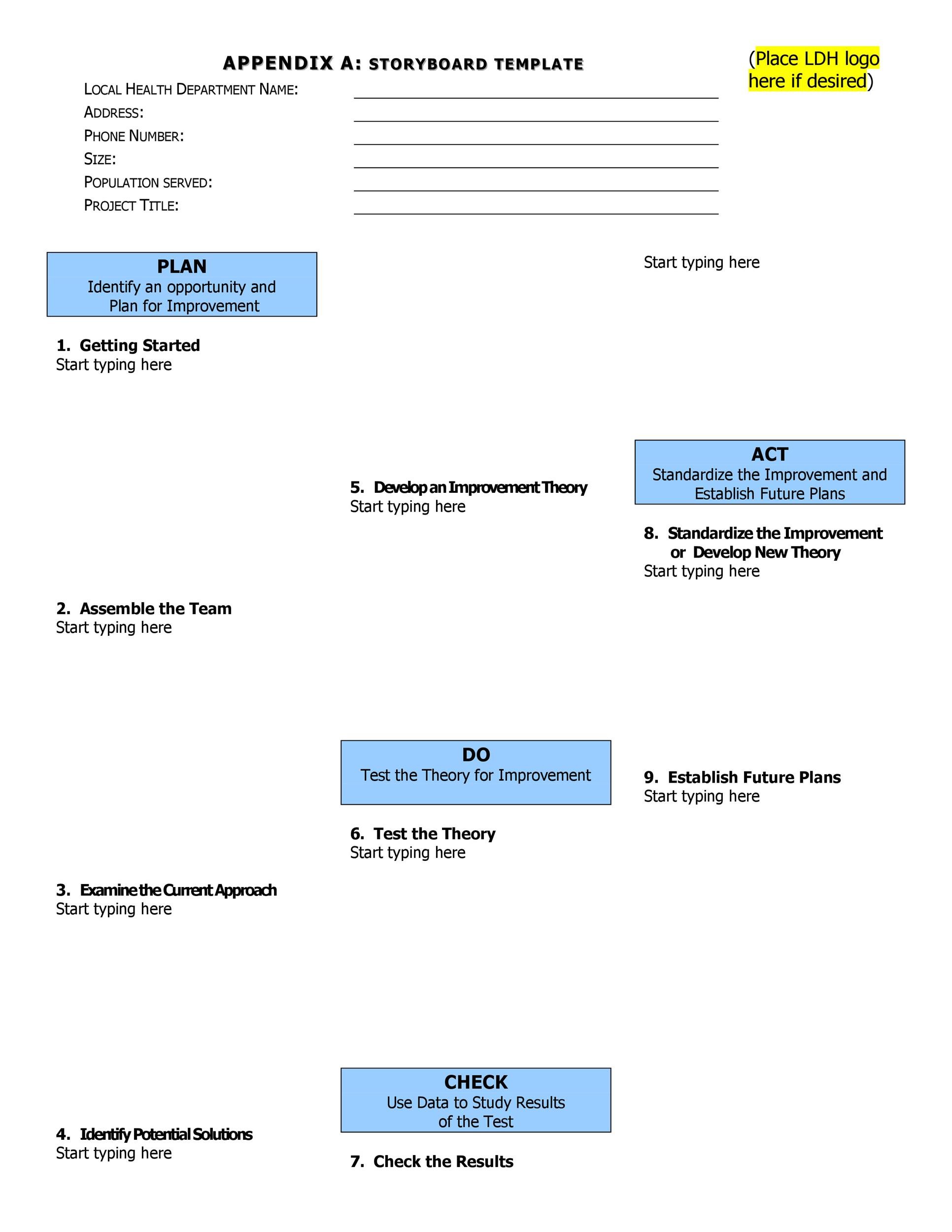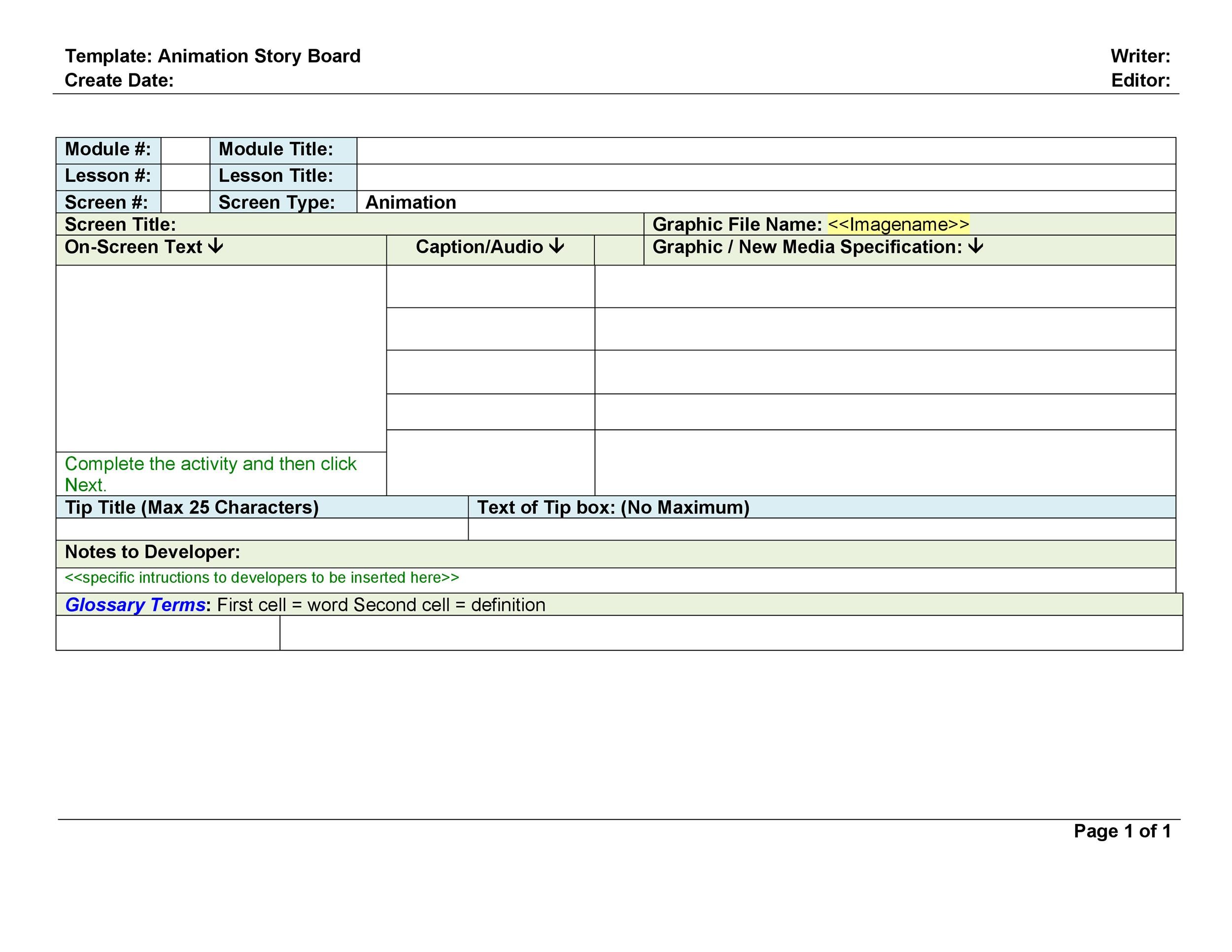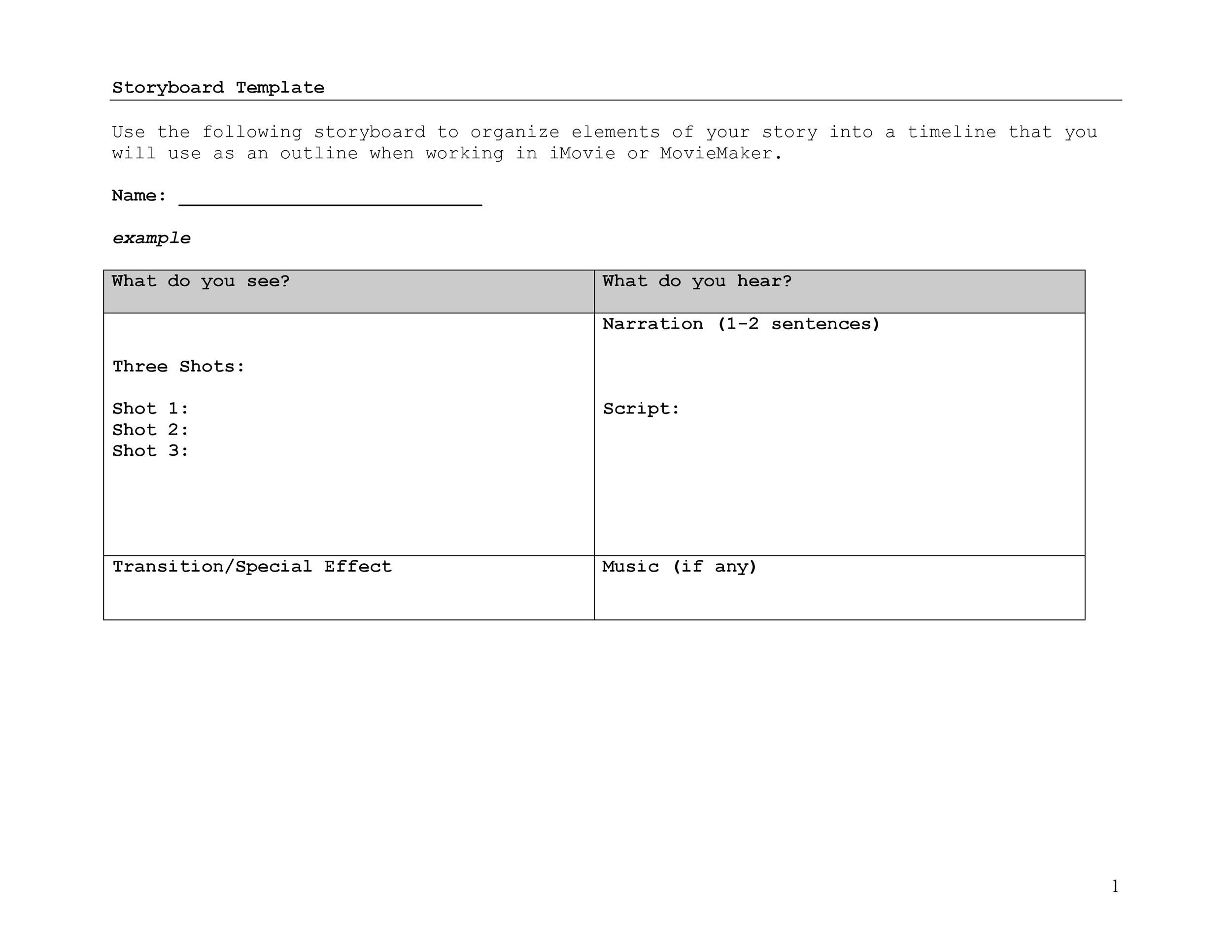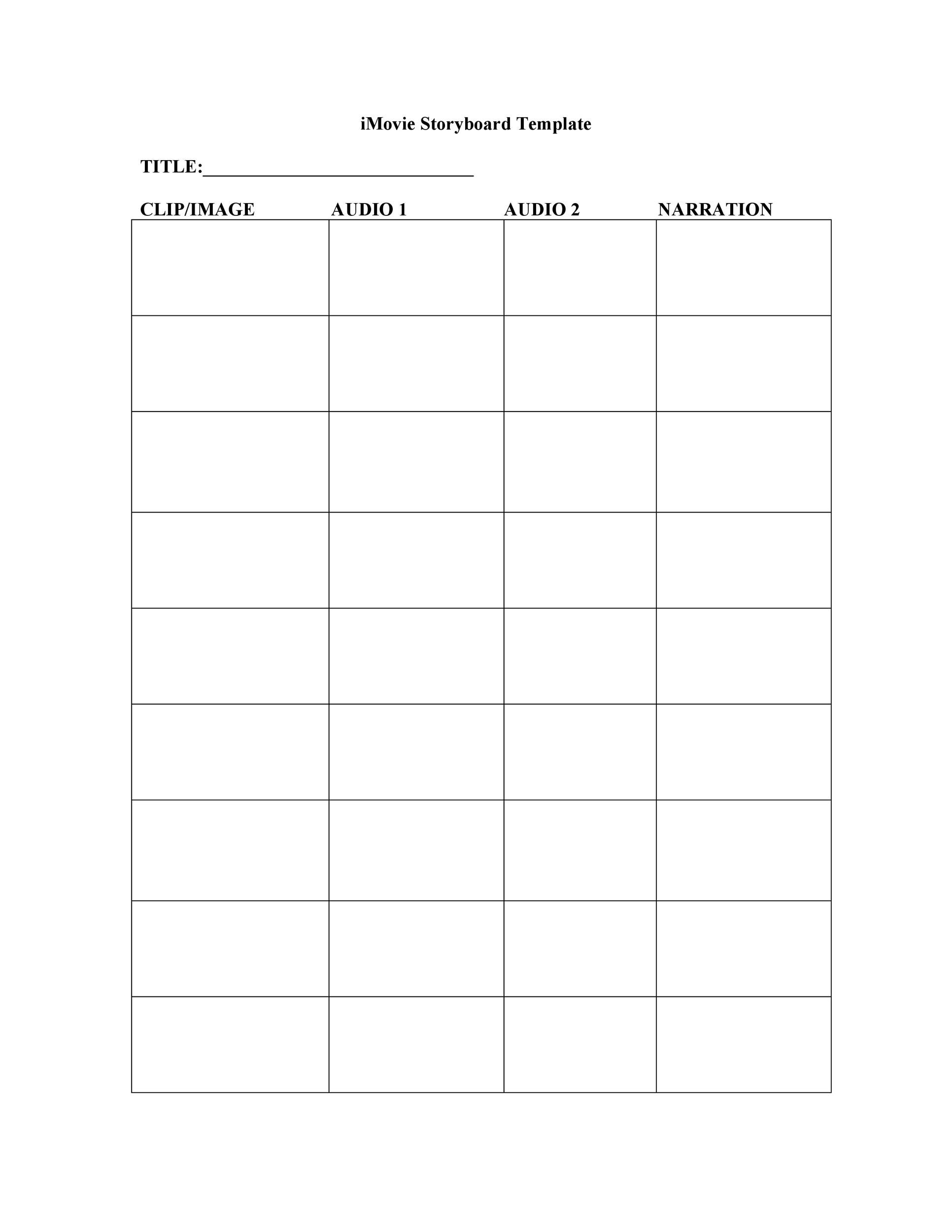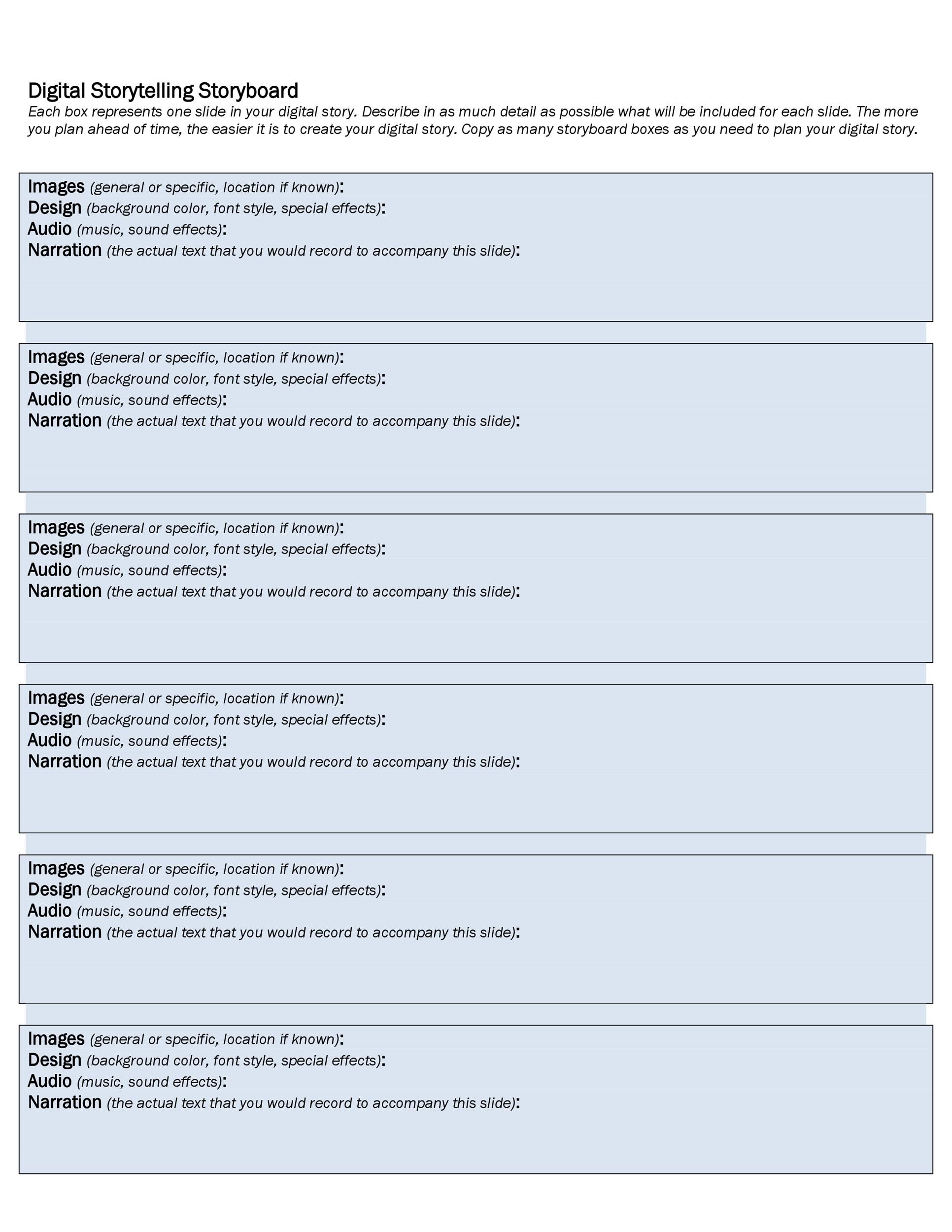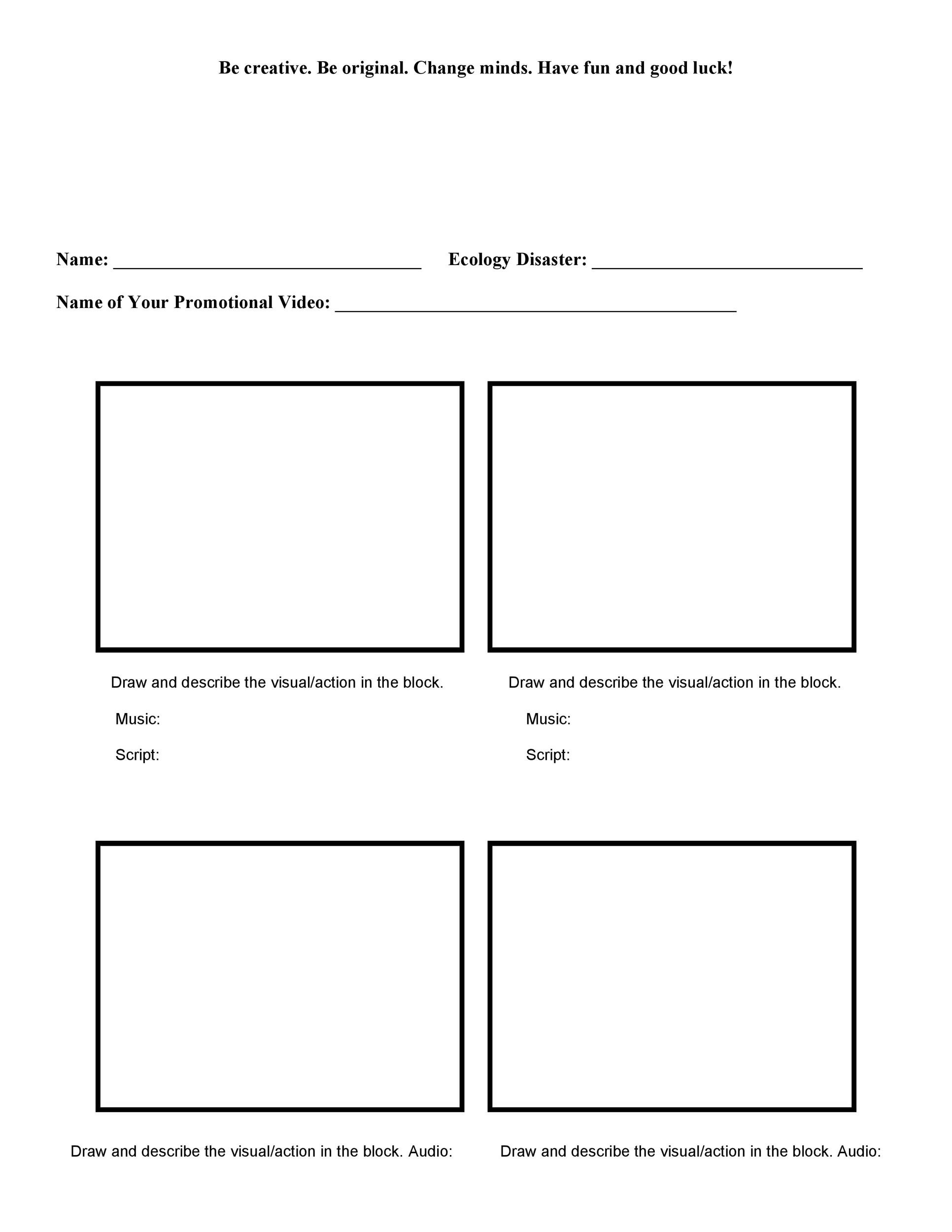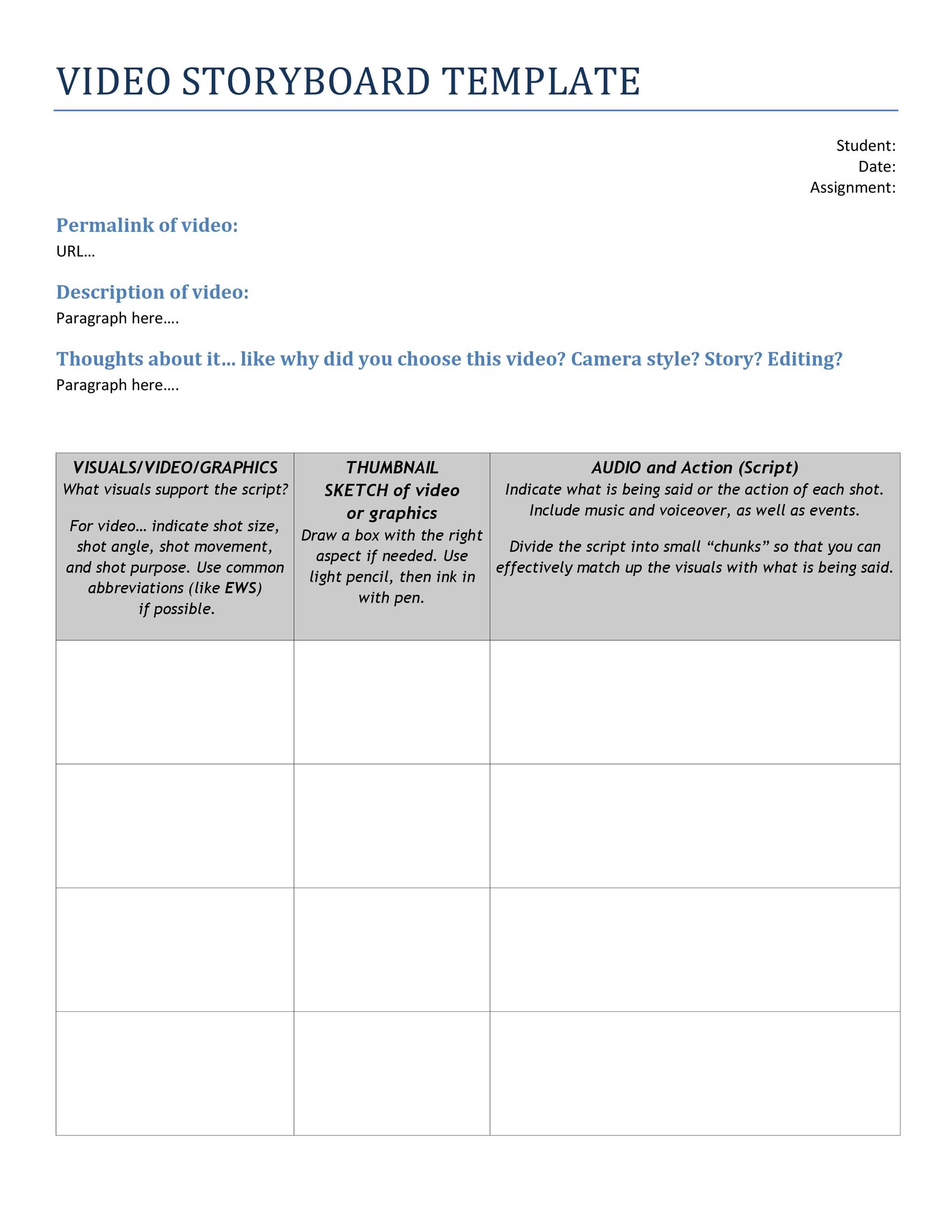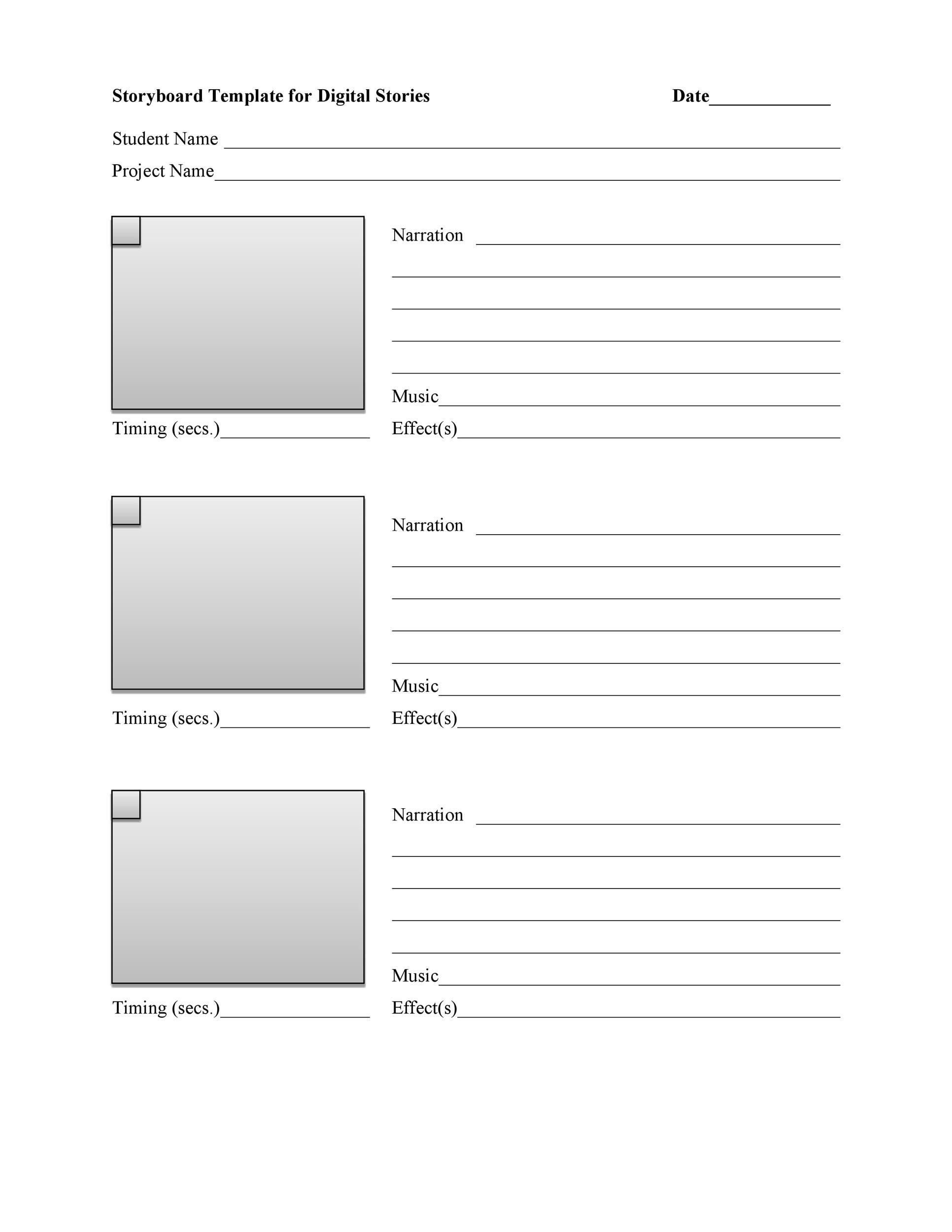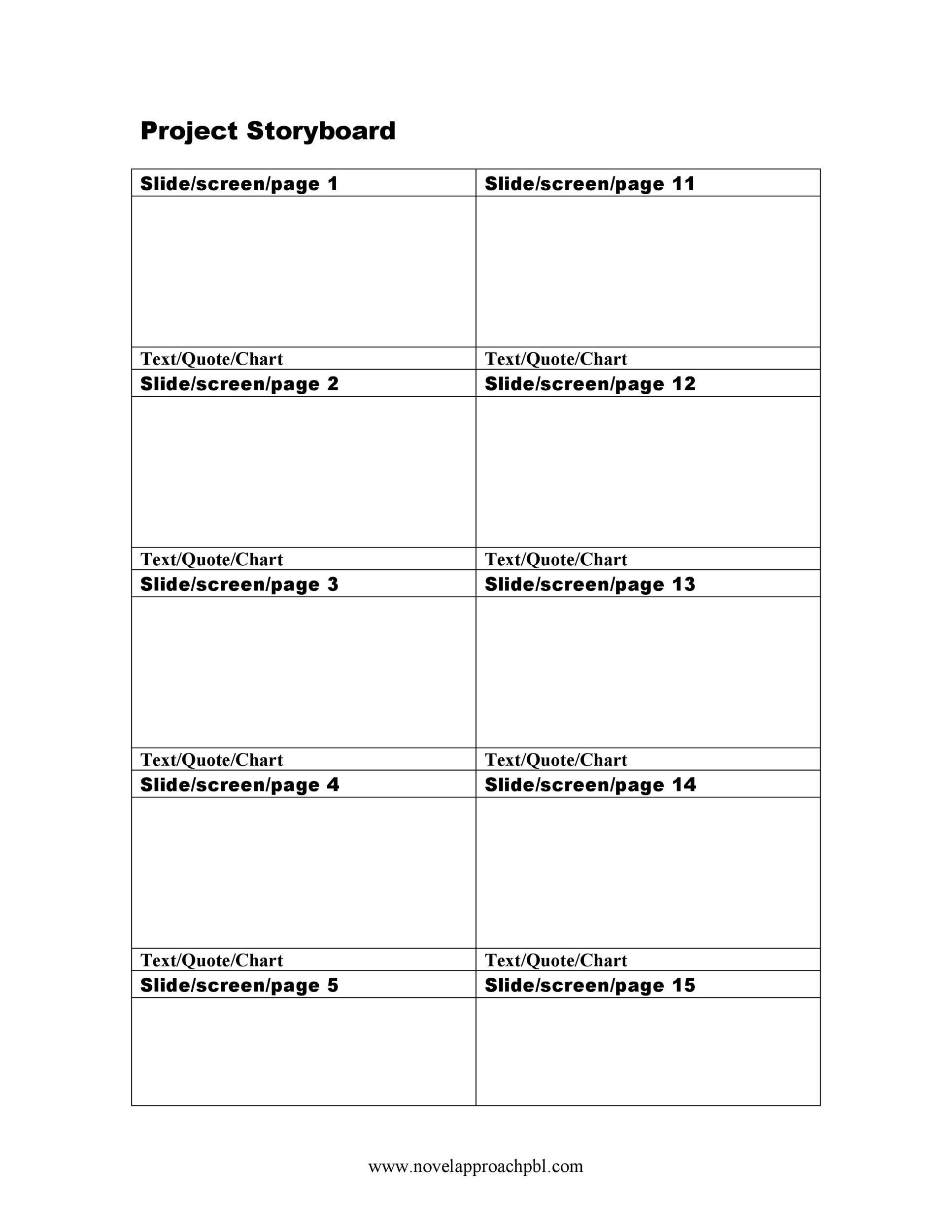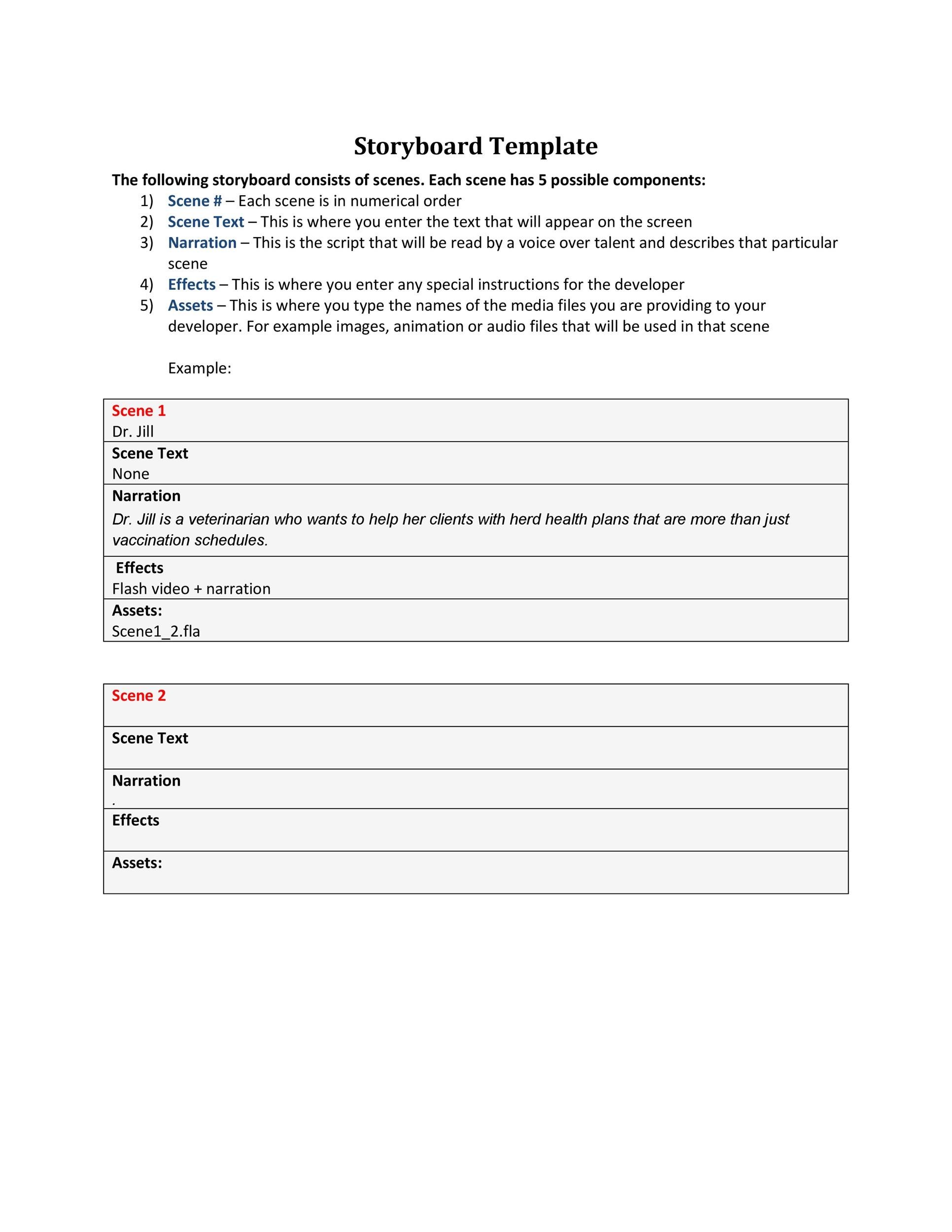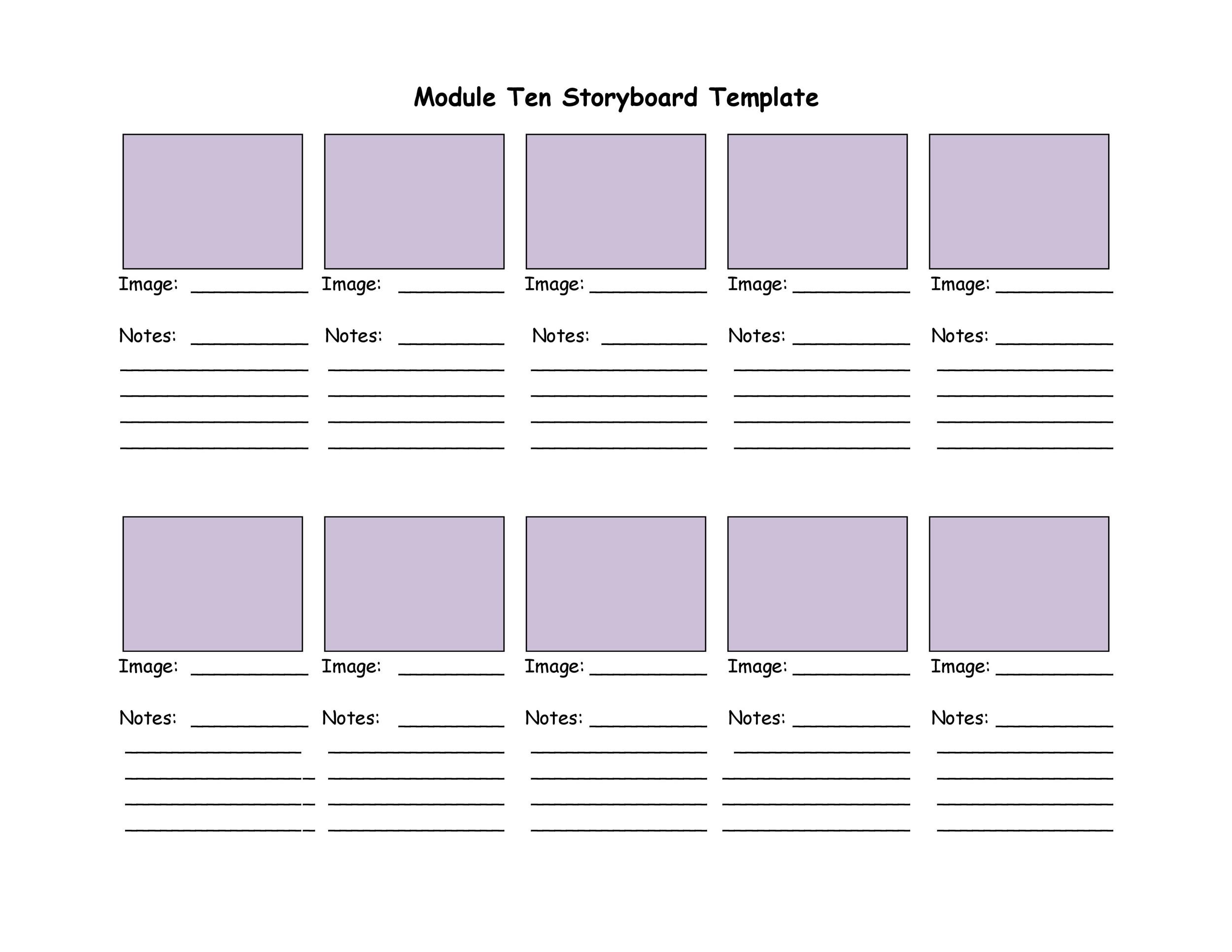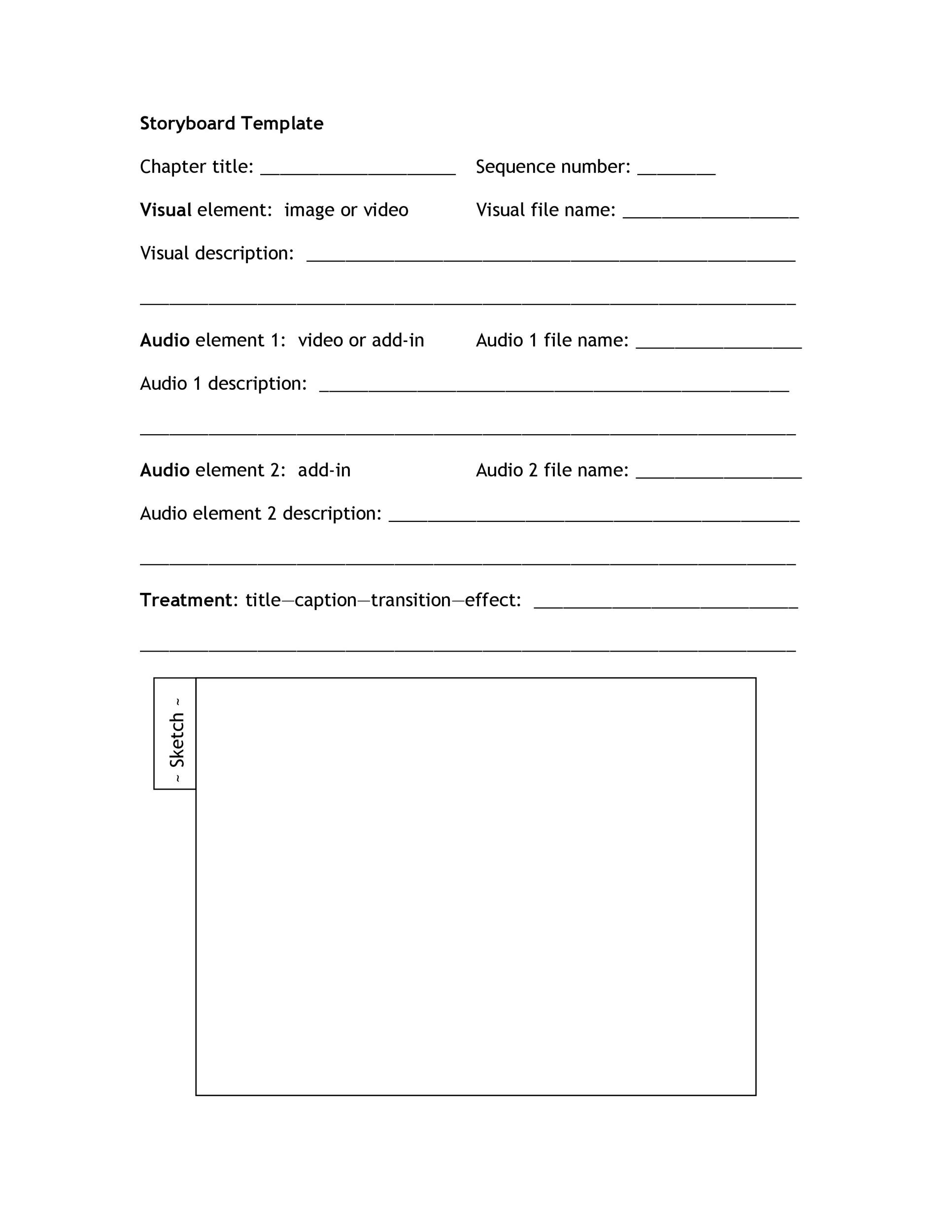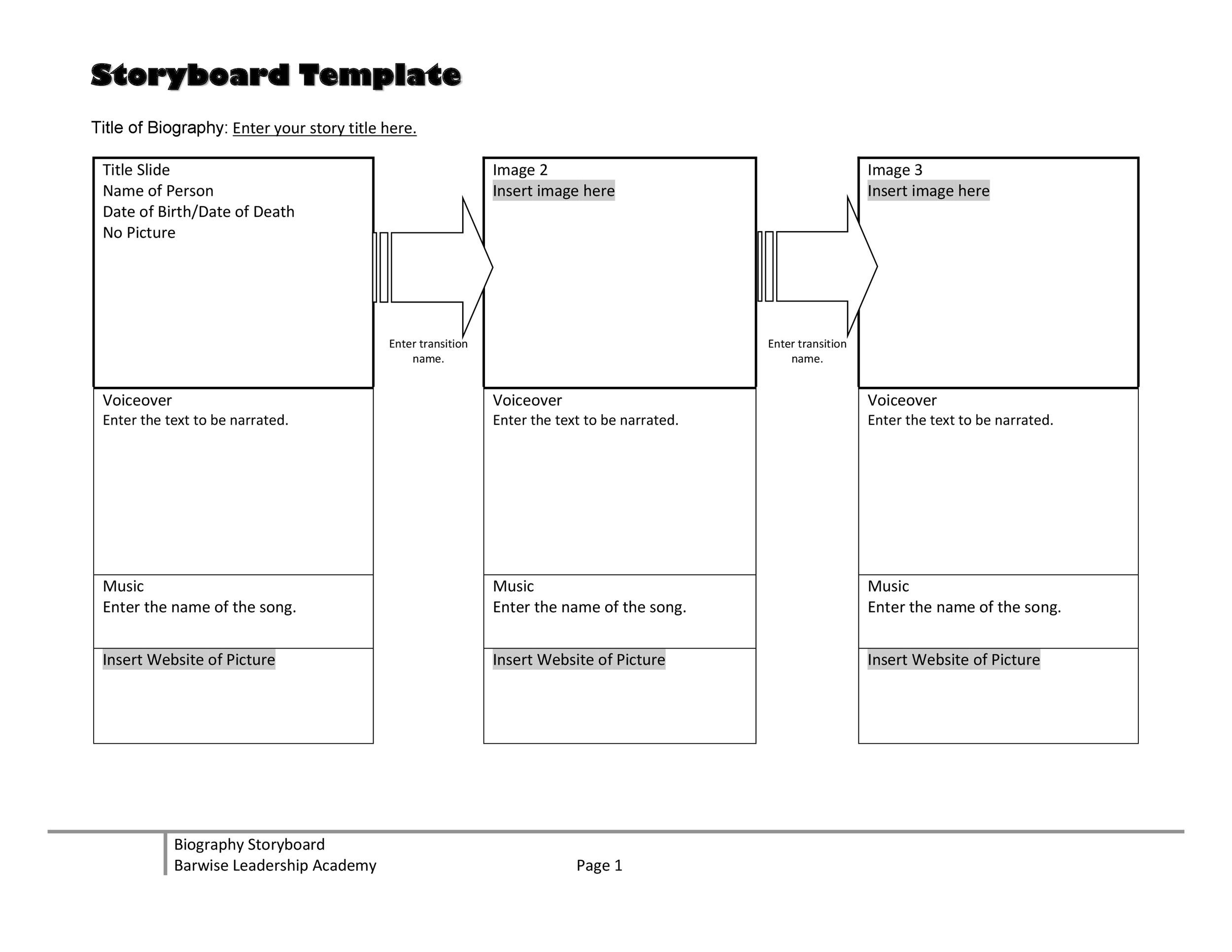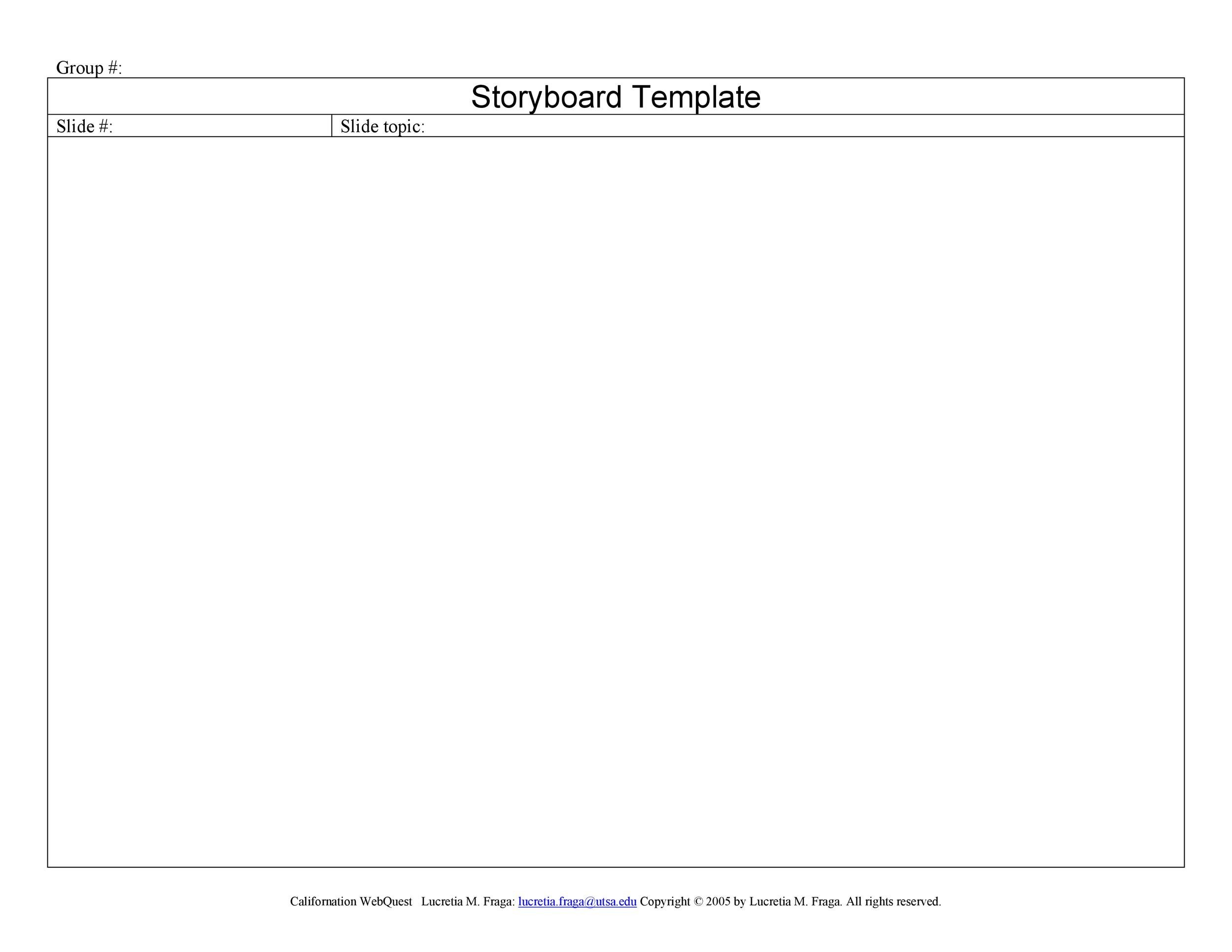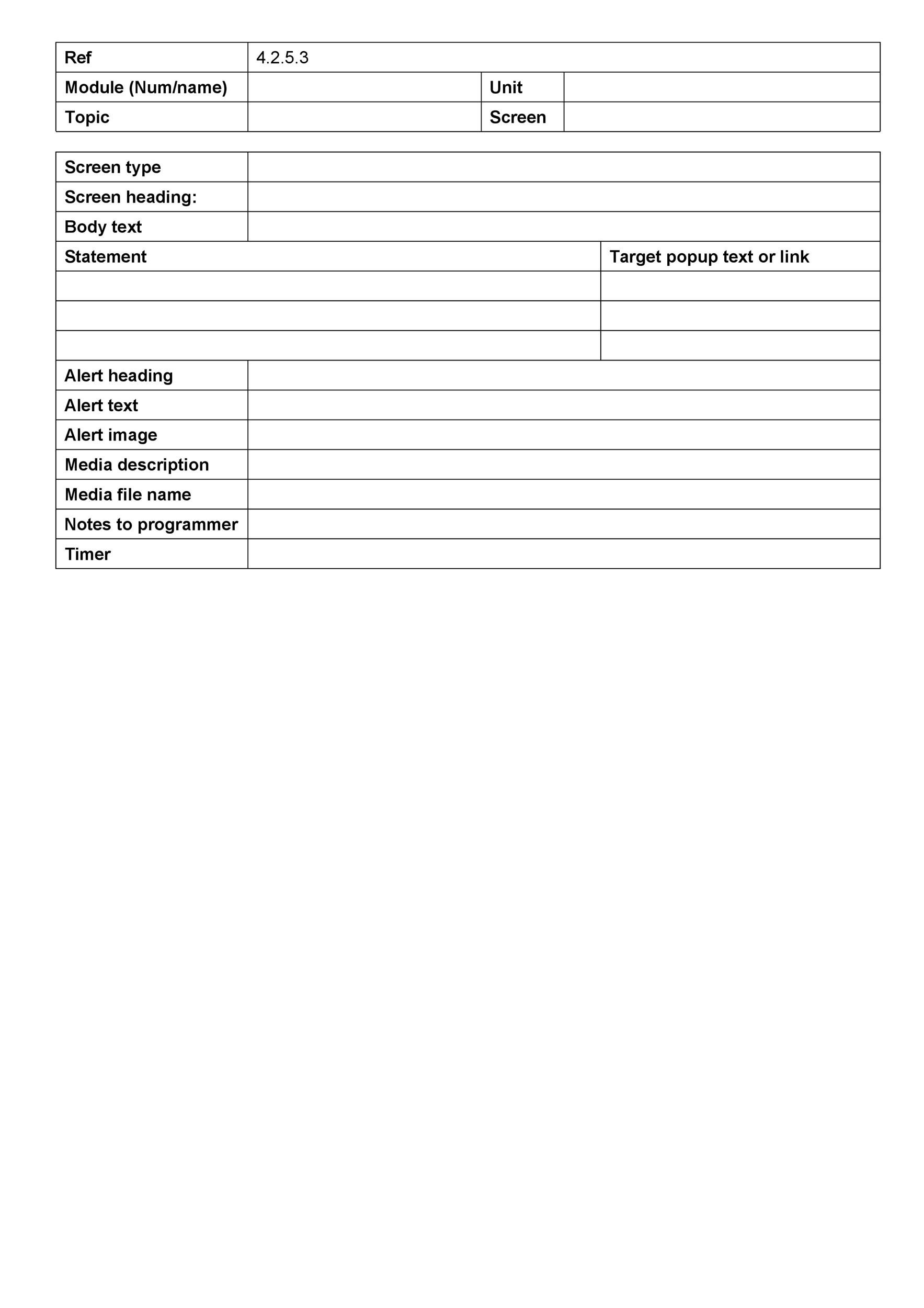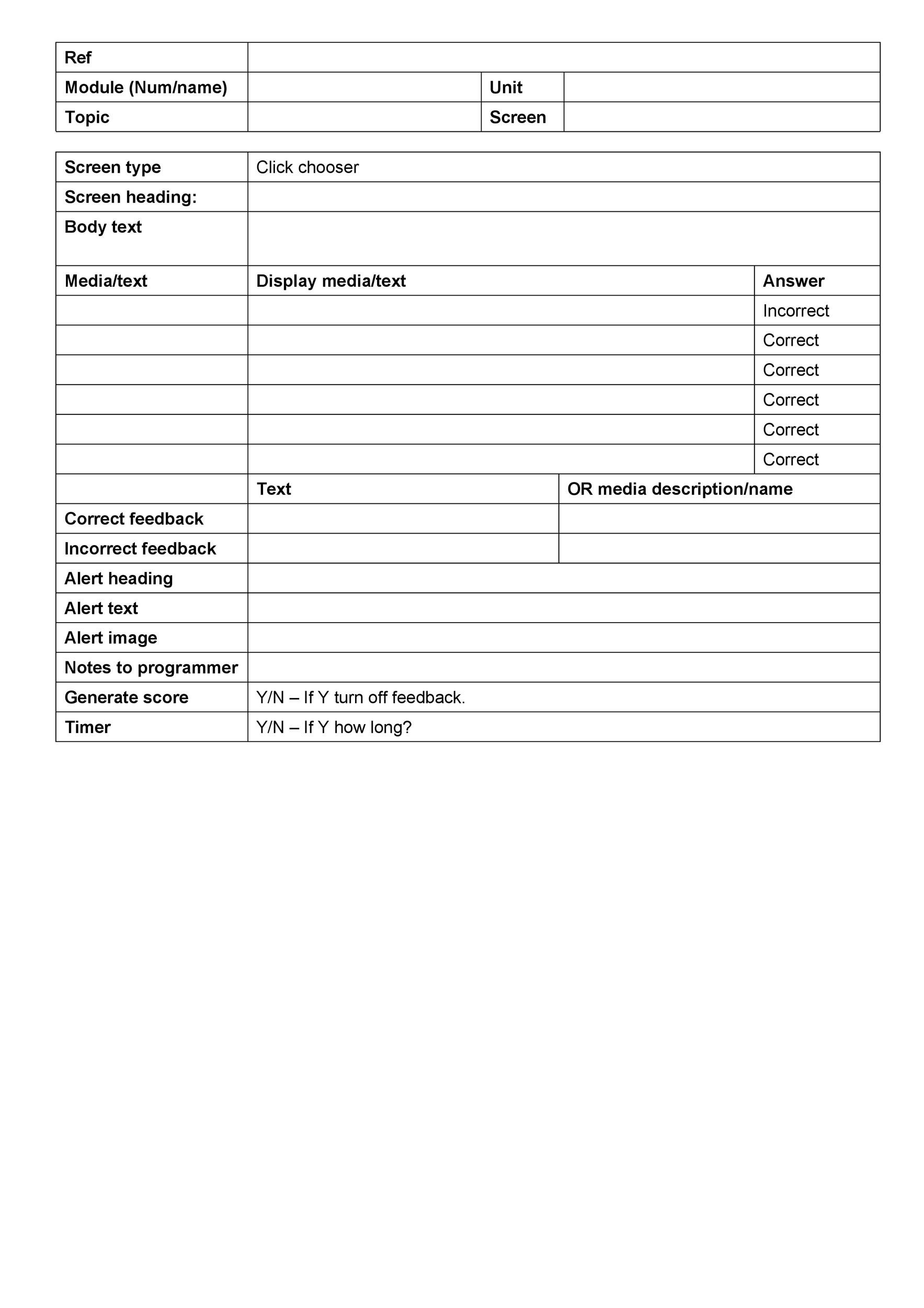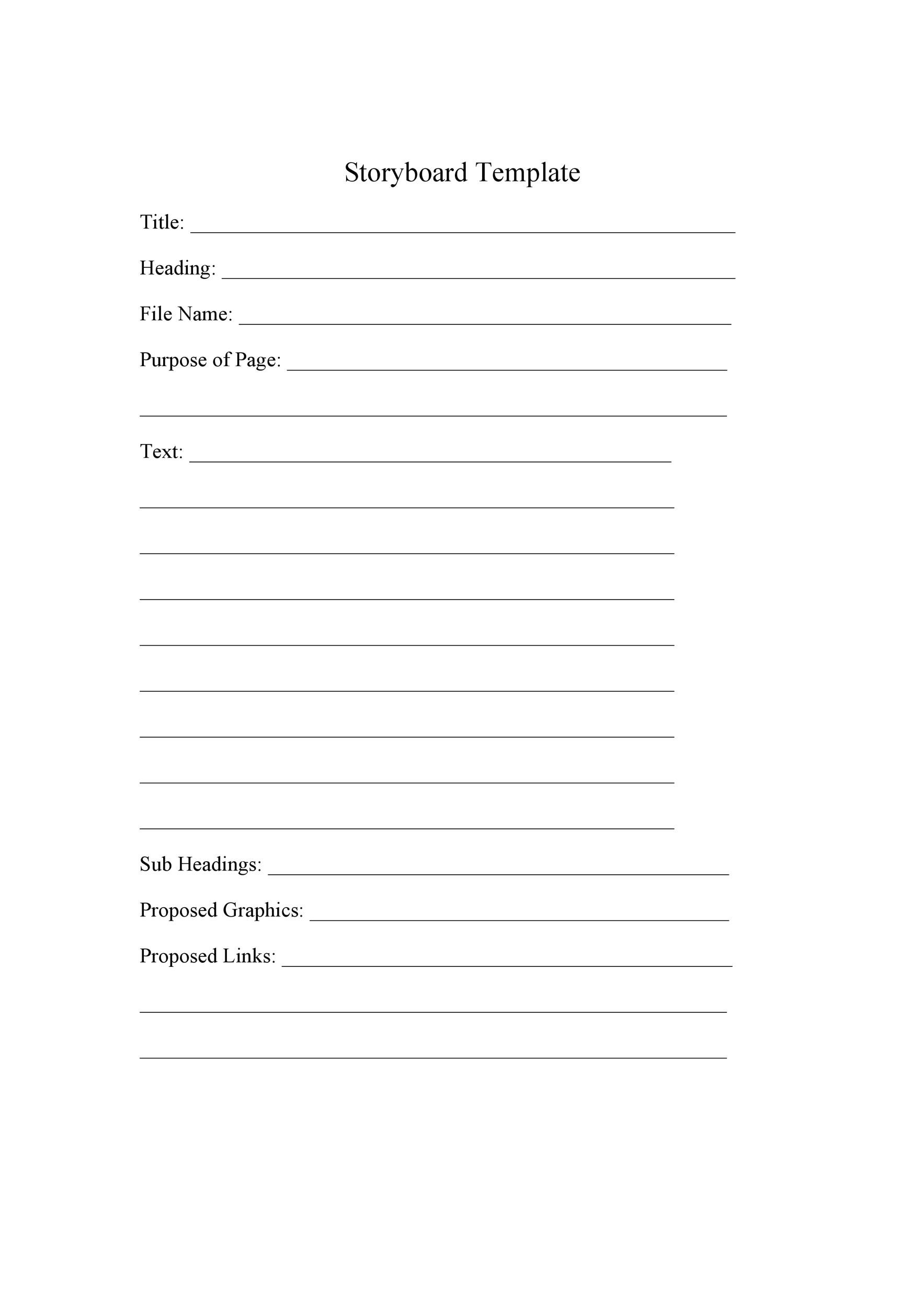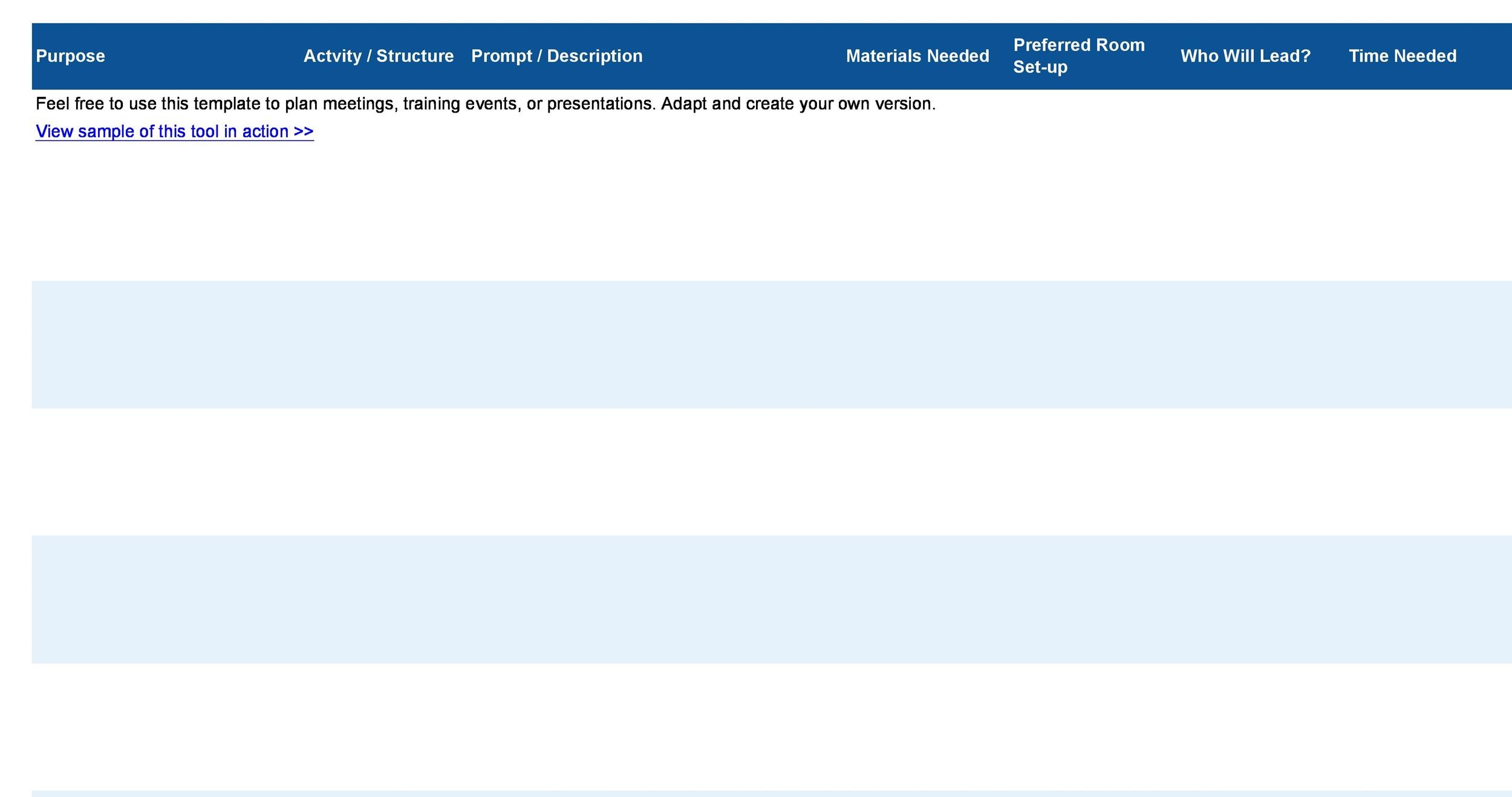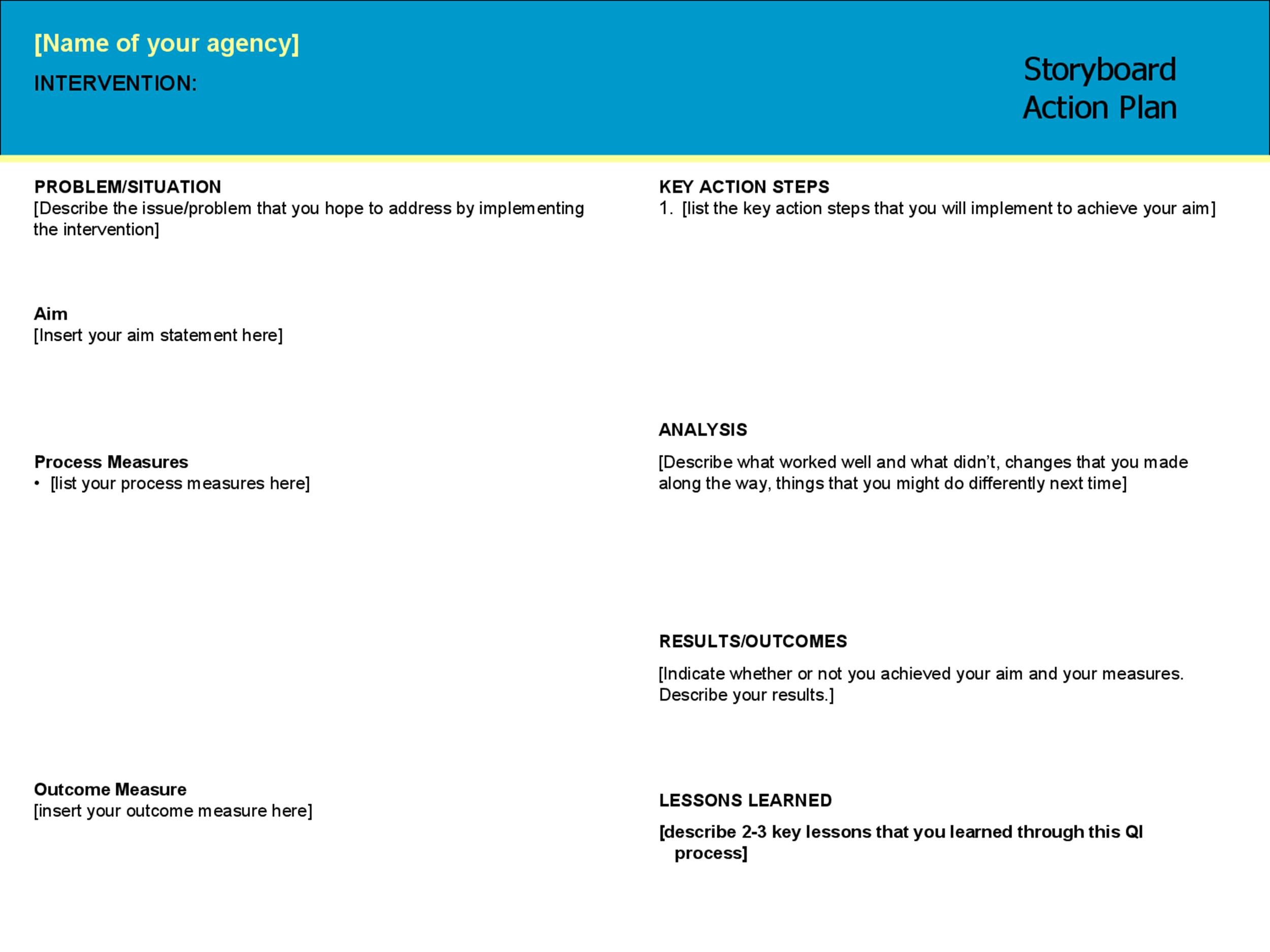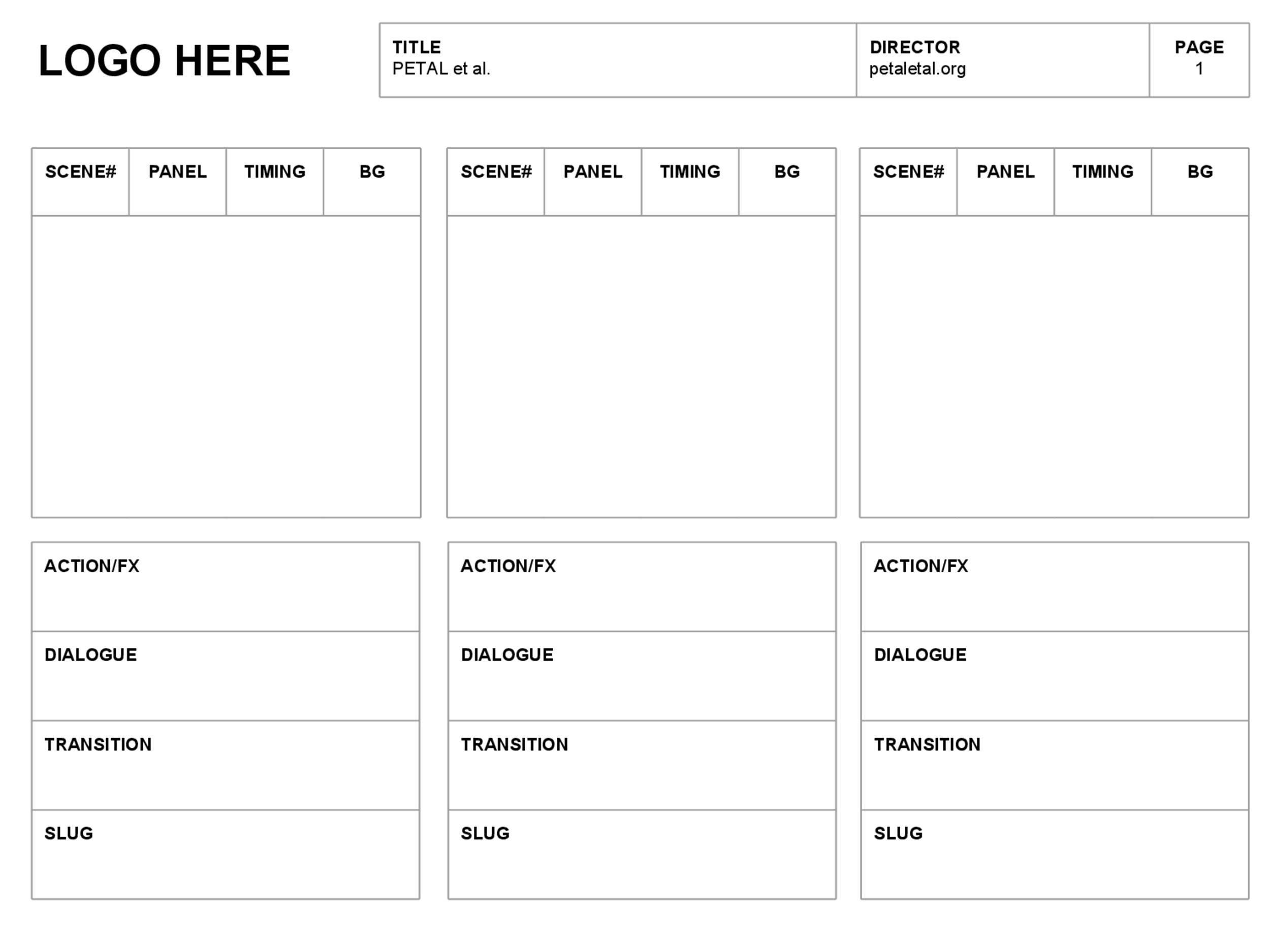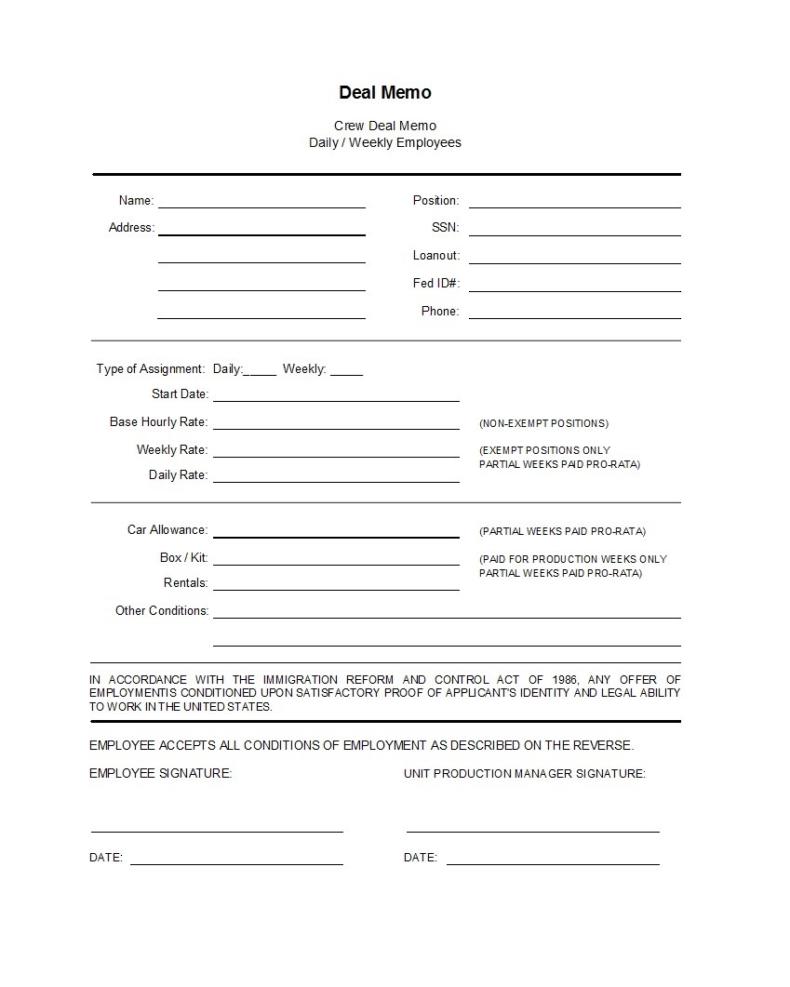A storyboard generally refers to a sequence of drawings, typically characterized with some direction and some dialogue, meant to represent the shots planned for a movie or a television production. It can also be looked at as some written or graphical representation of most if not all of the elements that will be included in a given digital story. The storyboard acts as a way of illustrating how a particular video will unfold from shot to shot.
Table of Contents
A storyboard which is a graphic organizer is usually in the form of images or illustrations and it is normally presented or otherwise displayed in a sequence and this is in order of what happened first to the last. They act as a good way of pre visualizing a motion graphic, motion picture, interactive media as well as animations. They are normally framed or drafted by employing a certain format or certain structure. Most of the people may find some trouble while trying to frame the required format for a storyboard. If you are in this category of people you can simplify this by making use of storyboard templates as these might prove to be quite handy. This site appreciates this and you check out the storyboard templates that have been provided on the site and choose the one that fits your needs.
Storyboard Templates
Storyboard templates are the storyboards that are ready made and all an individual will be required to do on them is add visuals and the written materials to customize the storyboard templates and then convert them into their own storyboards. You can come across free storyboard templates and these are the ones that are available free of charge on many sites including this one. These also have empty spaces in the appropriate locations for the images as well as blank spaces where users can enter the content that will be relevant to their respective storyboards.
The free storyboard templates as well as storyboard software are mostly used by people who are pressed for time needed to come up with their own storyboards frames. The storyboard templates, especially those available on this site are quite time saving and they are also quite cost effective. These material are easy to use and they can be modified or customized to suit ones specific needs. For those who are interested in storyboard templates you can find them on this site and the download will happen in a matter of seconds. If you find that making a storyboard is a difficult affair for you, simply opt for the storyboard templates as this will make the entire process to be easy and convenient for you.
Storyboard Examples
How to create a storyboard
For an individual or a group of people who are planning a certain video, making of a storyboard will be the first step in the entire process. This will help in bring the script to life and it will also act as good illustration of the idea when presented to other people. As mentioned earlier on a storyboard is simply a series of thumbnails that represent the breakdown of a given video and it will showcase the crucial scenes and elaborate on how the setting will be like, the people that will be present and the respective actions in the various scenes. It is common to use the storyboard as a mock-up for various movie scenes, music videos, and most TV production just to mention a few. You can create one manually by hand or use a digital medium such as the various storyboard softwares.
The following steps will help you come with the best storyboards:
First come up with the story work
- You need to first of all establish a timeline. This entails deciding on the parameters such as when and where the story will take place and settling on the order that events of the story will have to follow. This will be a good way of bringing your story back to life if it’s done in the best way.
- For a story that does not fully follow a linear order, this being occasioned with stuff like flashbacks, shifting perspectives, flash forwards, multiple timelines or alternate outcomes, you can still have a narrative timeline for them.
- For the best outcome while doing this it is recommended that you make a list of the main events of the story in the most appropriate order of sequence.
- In case you are storyboarding for a commercial you need to decide on the scenes that will occur and the order of appearance of these scenes.
- You need to identify the key scenes in your story. This is quite crucial since the storyboard is usually meant to give the reader a gist of the whole story for it to be translated into a film. You just need to highlight the important and key moments in your entire story. For you to do this effectively you need to think about or rather brainstorm on the list of the key moments in the story an settle on the ones that you want to include on your storyboard.
- Settle on scenes that will help to illustrate how the story develops from the start to the end.
It will be good to show the key turning points in the story. This normally entails the times when there’s presence of plot twists or any other important changes. - It will also be wise to depict changes in the settings for the various scenes such could be a change from one city to another.
- Settle on scenes that will help to illustrate how the story develops from the start to the end.
- You need to make up your mind on how detailed you want to be. It is good to appreciate that a storyboard can be quite detailed but it will be wise to break the film down into individual scenes with different storyboards for each of these. This will enable you to easily create detailed representations of the progressions of each of the scenes and it will be a good way of maintaining the overall level of organization.
- You need to create a shot list by breaking the film down shot by shot. Then you will be required to create a composition for each shot and the relevant details for them.
- It is good to keep in mind that the overall purpose of the storyboard is to provide visual clarity and to keep everyone at par. This will help you to come up with something that will not trouble the viewer when they are trying to interpret it. The bigger picture should come out quite clearly.
- For a good storyboard everybody should be able to interpret it by just looking at it. This is important as anybody in the production team might need to refer to the storyboard for certain details in each scene.
- You also need to write a description of what each scene will show. It is good to figure out how each scene will be depicted after deciding on the main scenes and the order in which they will appear. By doing this you will know what should exactly be drawn.
Remember to include some sort of action in each scene and also take into the setting for each of the scenes.
The second major step is coming up with the design
- Settle on the medium that you would wish to use for your template. You have the option of drawing the storyboard template using your own hands. You can do this by simply dividing empty frames of the same size by use of a pencil and a straightedge. Another alternative is the use of an appropriate software such as Adobe Illustrator, Microsoft PowerPoint, Amazon Storyteller or InDesign just to mention a few of these. The storyboard in the latter can be in the vertical or horizontal format.
- The various cell sizes need to be drawn in the same aspect ratio just similar to the finished video. You can also purchase special thumbnail sheets with these dimensions.
- A storyboard template should comprise rectangular frames into which the visuals will be inserted. For captions make sure that there are spaces for them. It is also good to have a column for audio and in this you could include the dialogue and sounds or music.
- In case you don’t want to come up with the images by yourself you have the option of hiring a storyboard artist. If you settle for this you need to give him/her the appropriate descriptions. The artist will then present you with either color or black and white sketch which you can then scan into board.
- You need to sketch your thumbnails. This will help in bringing some life in the template that you have designed, the sketches should be mapped into the template. It is good to note that this is just rough art and you don’t need to draw perfect pictures.
There are certain things that you need to ensure are done namely:- The composition, look into lighting, the foreground and background, the color palette.
- The angle from which the camera will be shooting the scene, either high or low
- The type of shots could be either wide shots or close-up shots and even over-the-shoulder shots
- The props in a given scene
- The actors in each scene
- Any other special effects
- You can add any other important information. You need to make sure that next to or below each scene, the description of what is happening is included. You need to capture the dialogue that will take place. Also remember to specify how long each shot will take. It will also be prudent to number the cells to make it easy for referencing if need be for easier discussions with others.
- After doing all the above, you need to finalize the storyboard. This needs to be done once you have identified the key points of the subject and worked a design for each frame. You need to review what you have done and make the final changes to this. See to it that each cell portrays the action that you wanted it to and it is advisable that you seek a second opinion on this to verify that the storyboard has a good flow.
- It will be good to add some color to the storyboard to make the ideas pop and you don’t need to have perfect drawings for a storyboard.
The final major step is that of fine tuning the storyboard.
- You need to think from a three-point perspective. You don’t need to be so professional at this but this will help in making the sketches more realistic. This will also help to show how far objects or actors are from the camera. All this will help the one directing the shots.
- You need to have motivations for your cuts. There has to be continuity between the different scenes and the storyboard should at least try to relay this. This will aid in building tension and it will help to create a good flow for the story and make it to be quite captivating.
- You need to let your storyboard morph as you proceed. You don’t need to fully rely on the sketches as you direct the video or movie shots, you need to add some aspects to make the shots to be more organic. Don’t put down those who want to make some contributions that haven’t been captured in the storyboard. The storyboard just needs to be guide which can be modified as deemed fit in the shots or commercial videos shots.
All this information should help you come up with the best storyboard. Remember that this site offers you the best storyboard templates that you can make use of to simply your work. We also have storyboard examples that you can check out to make the points and various tips sink.

